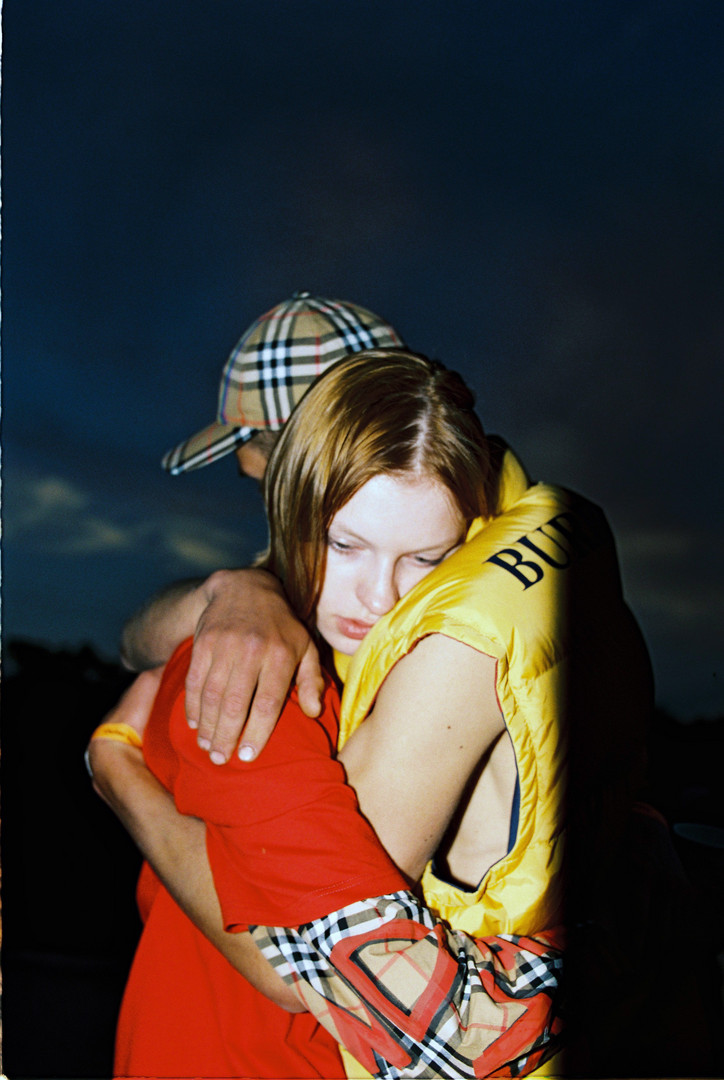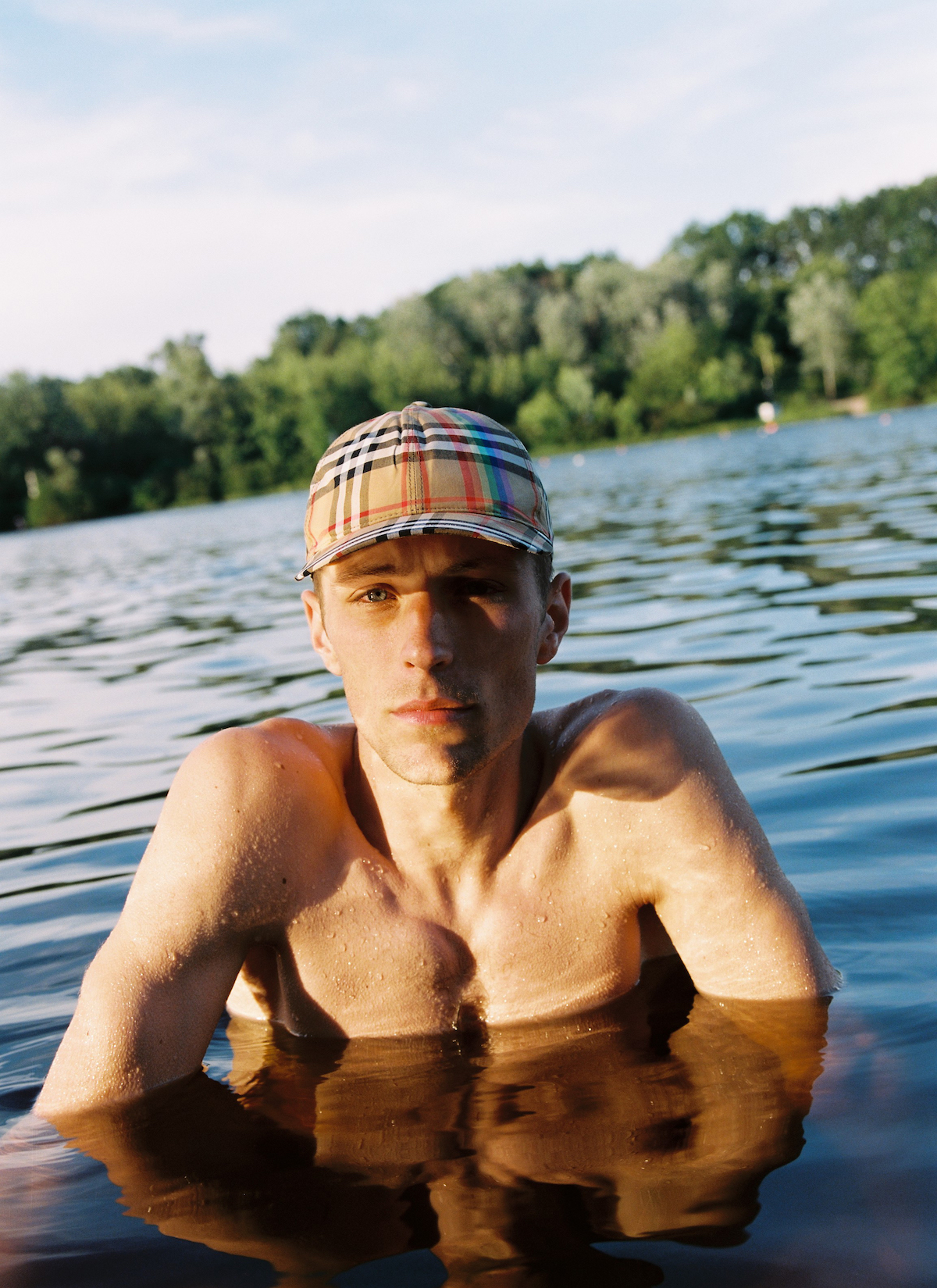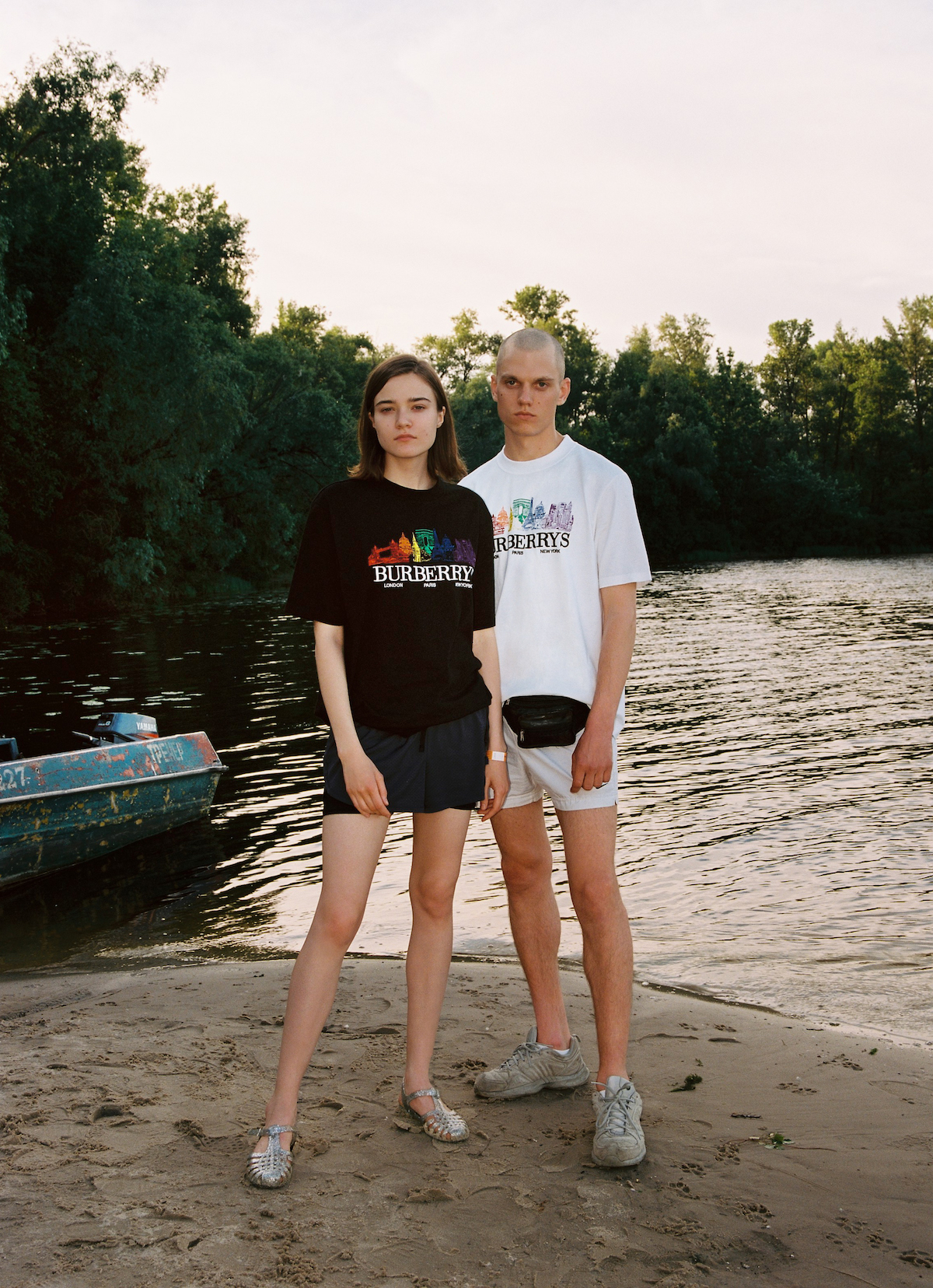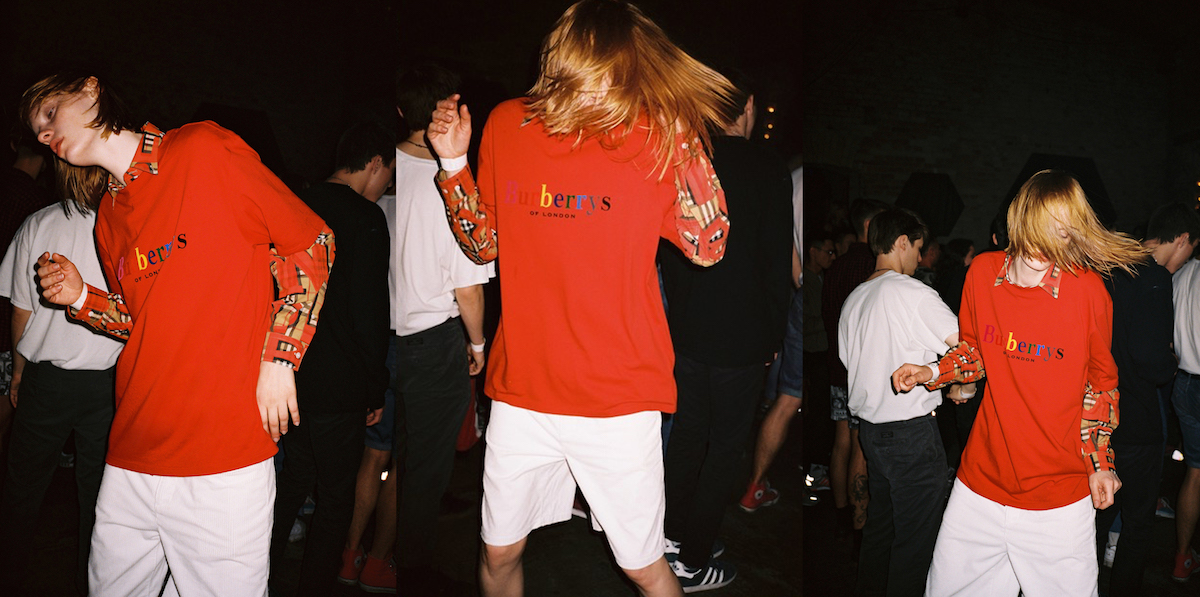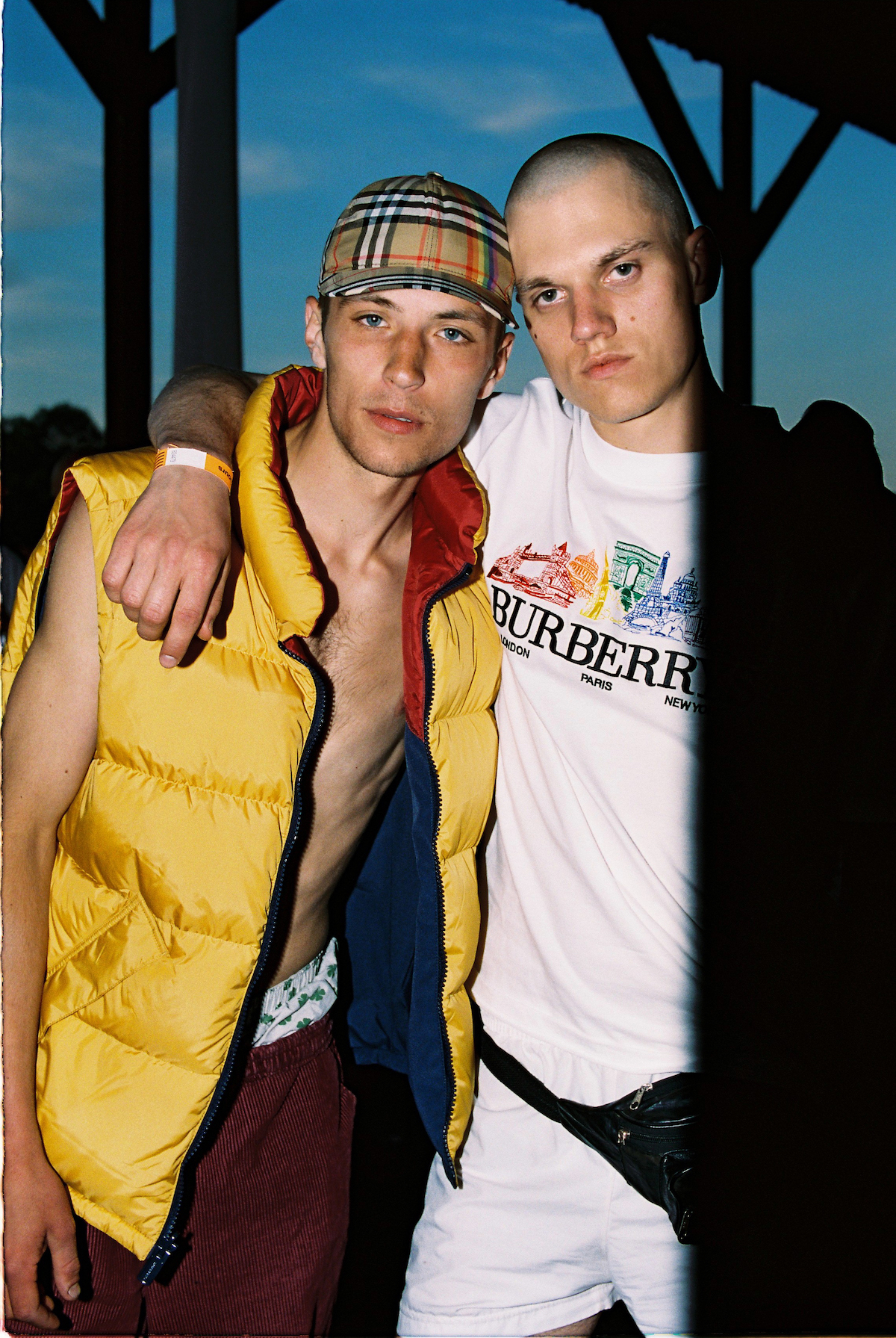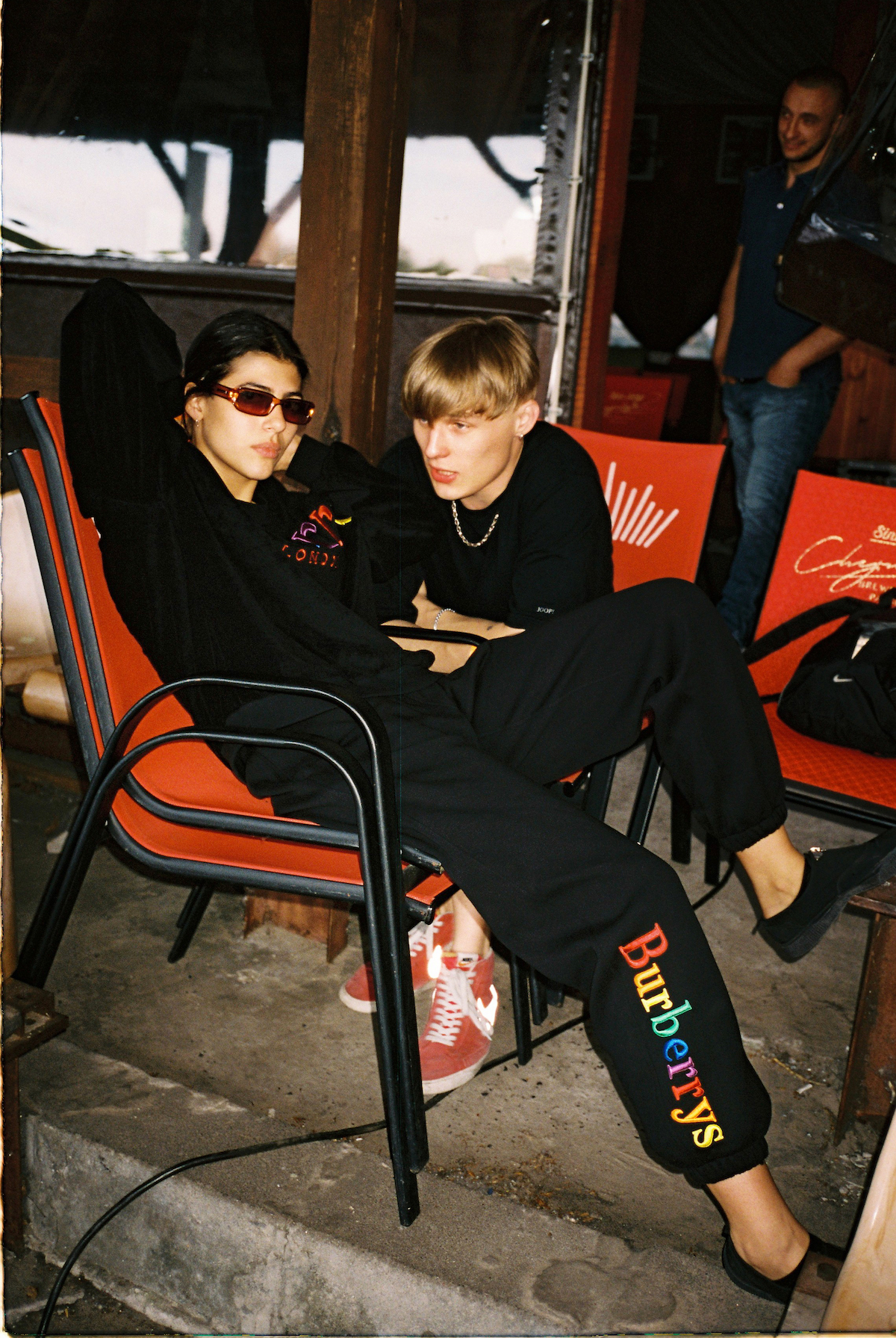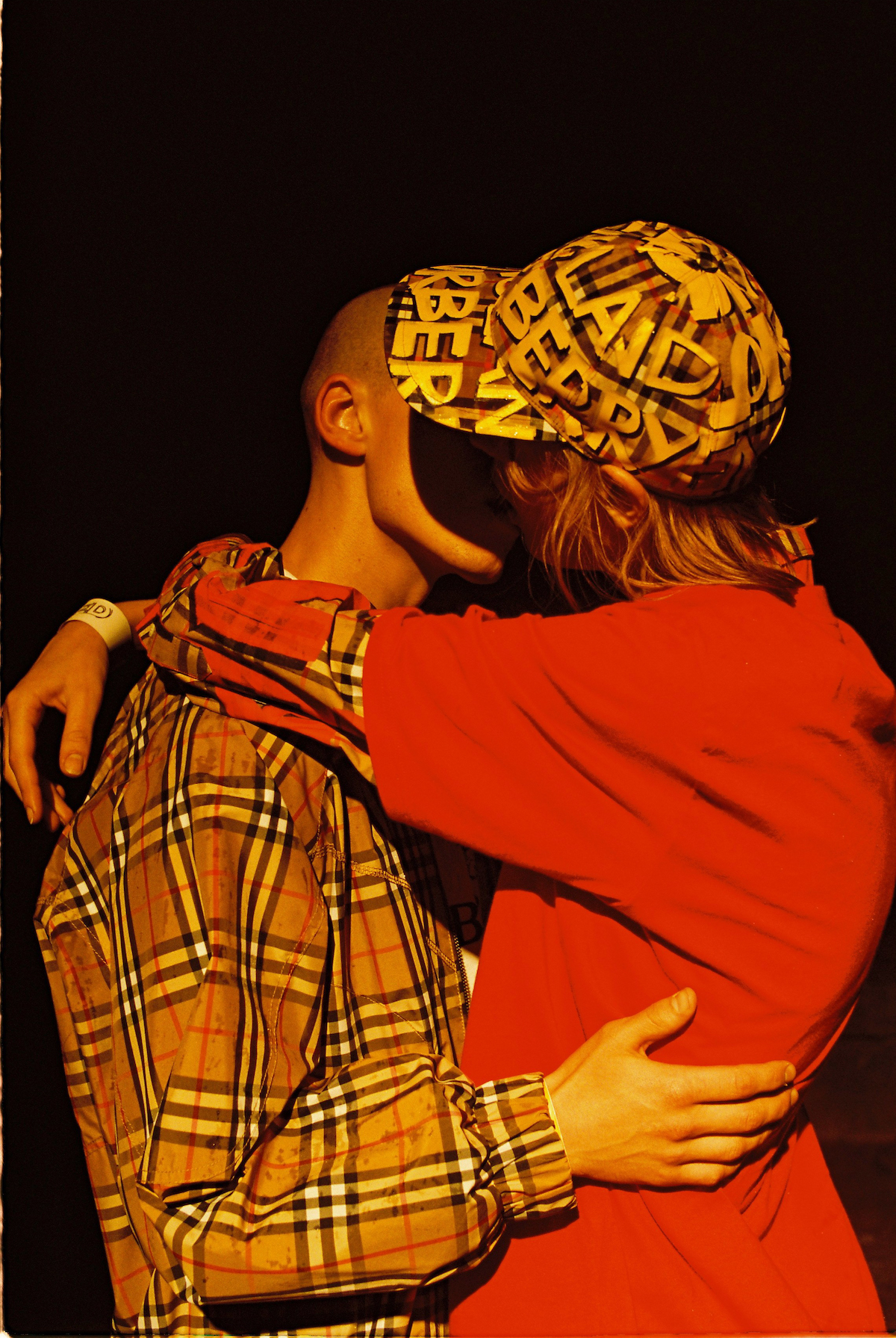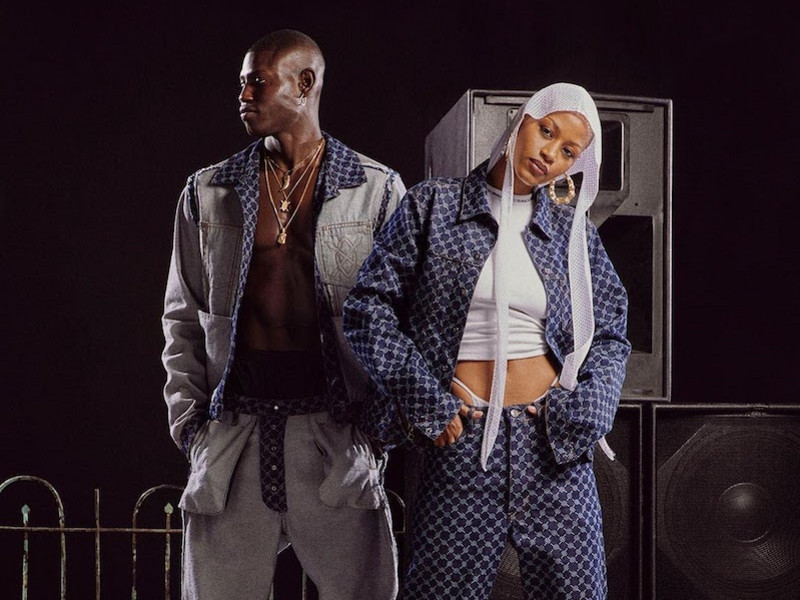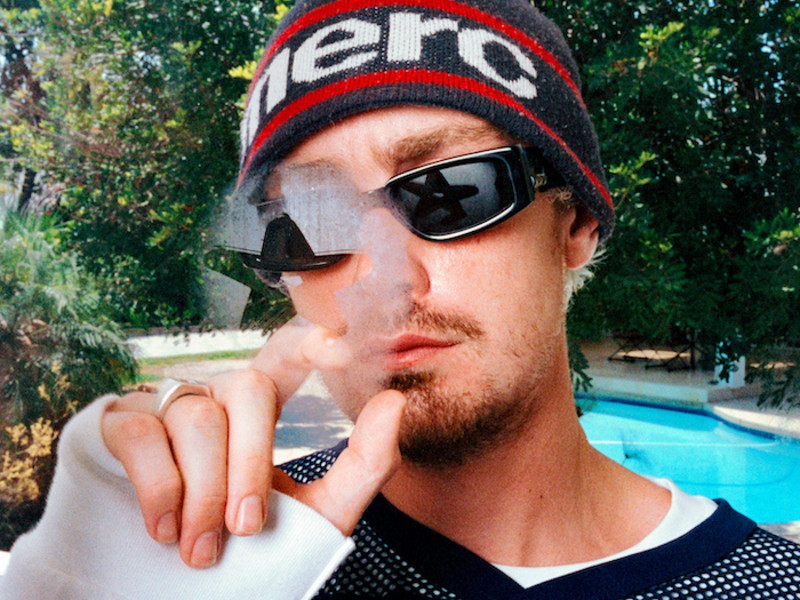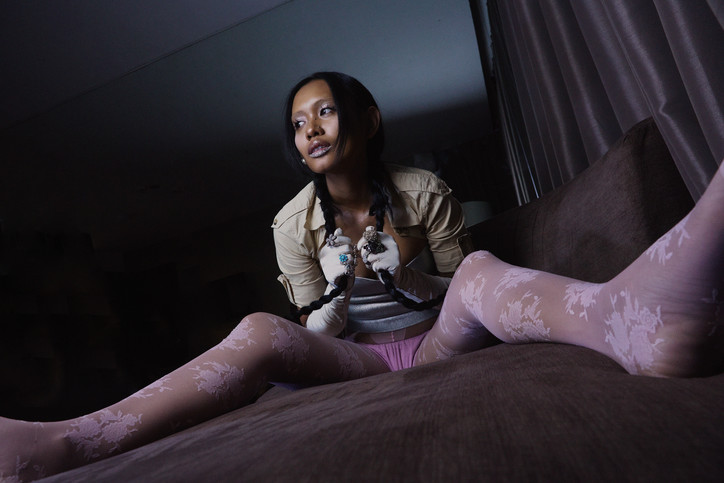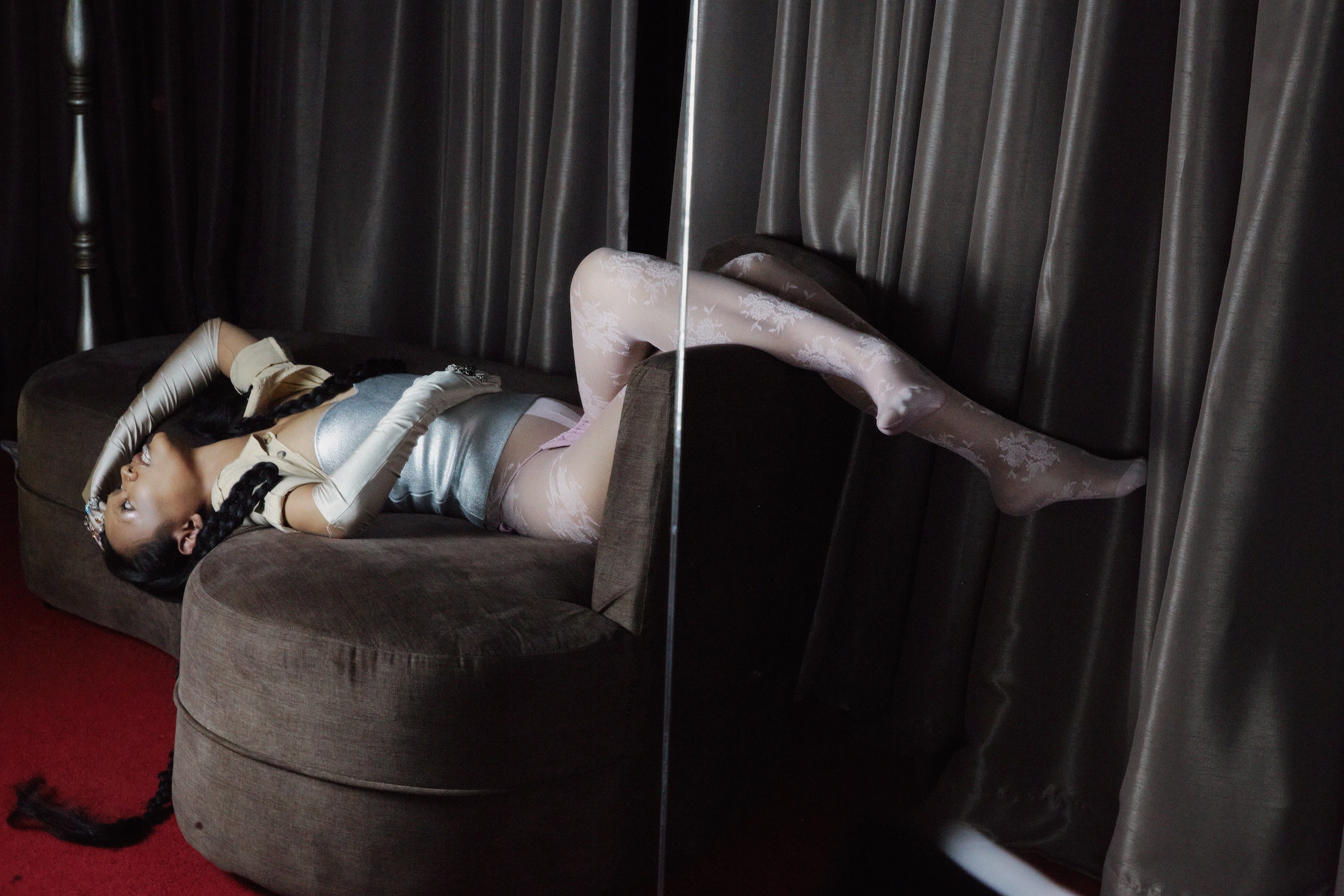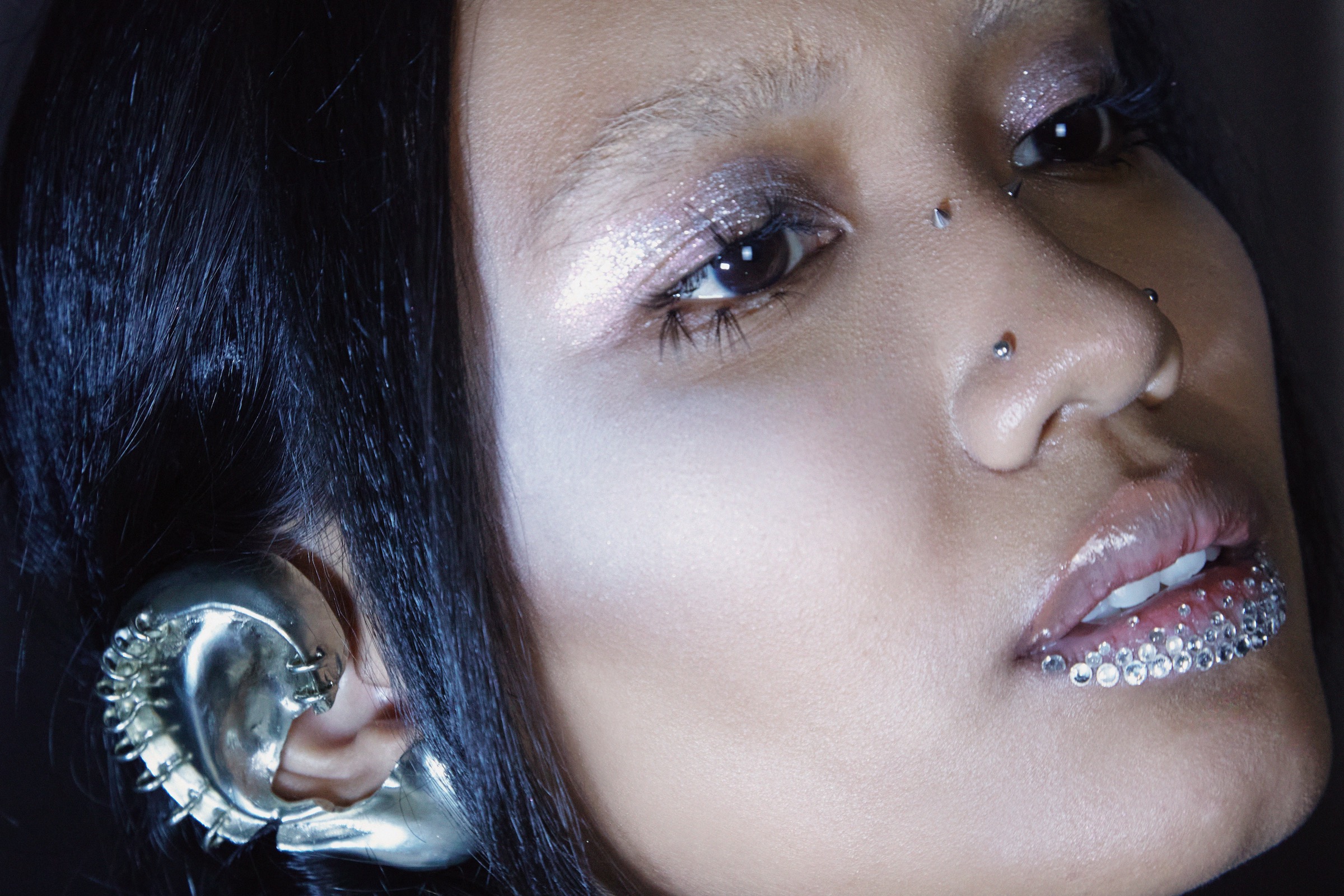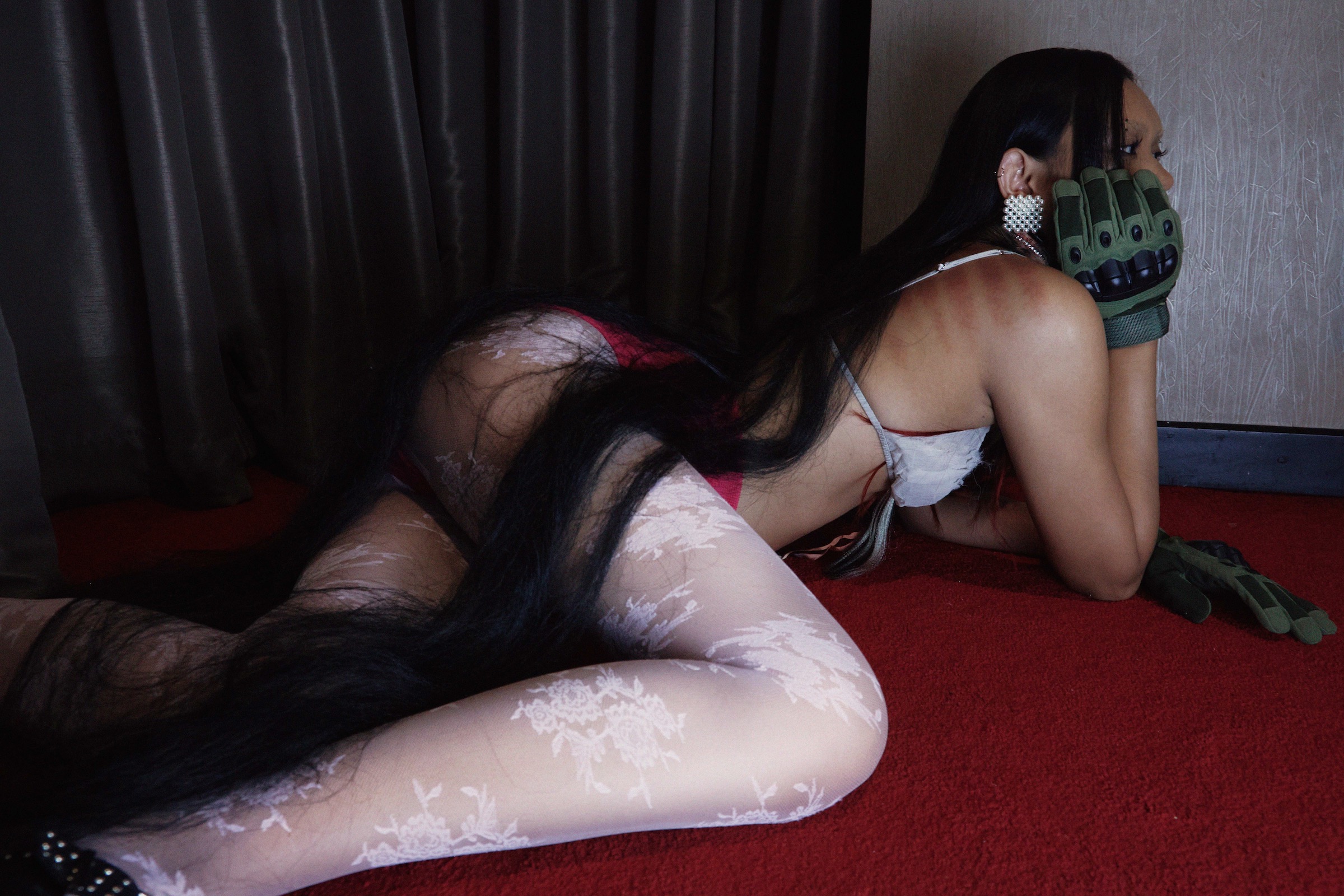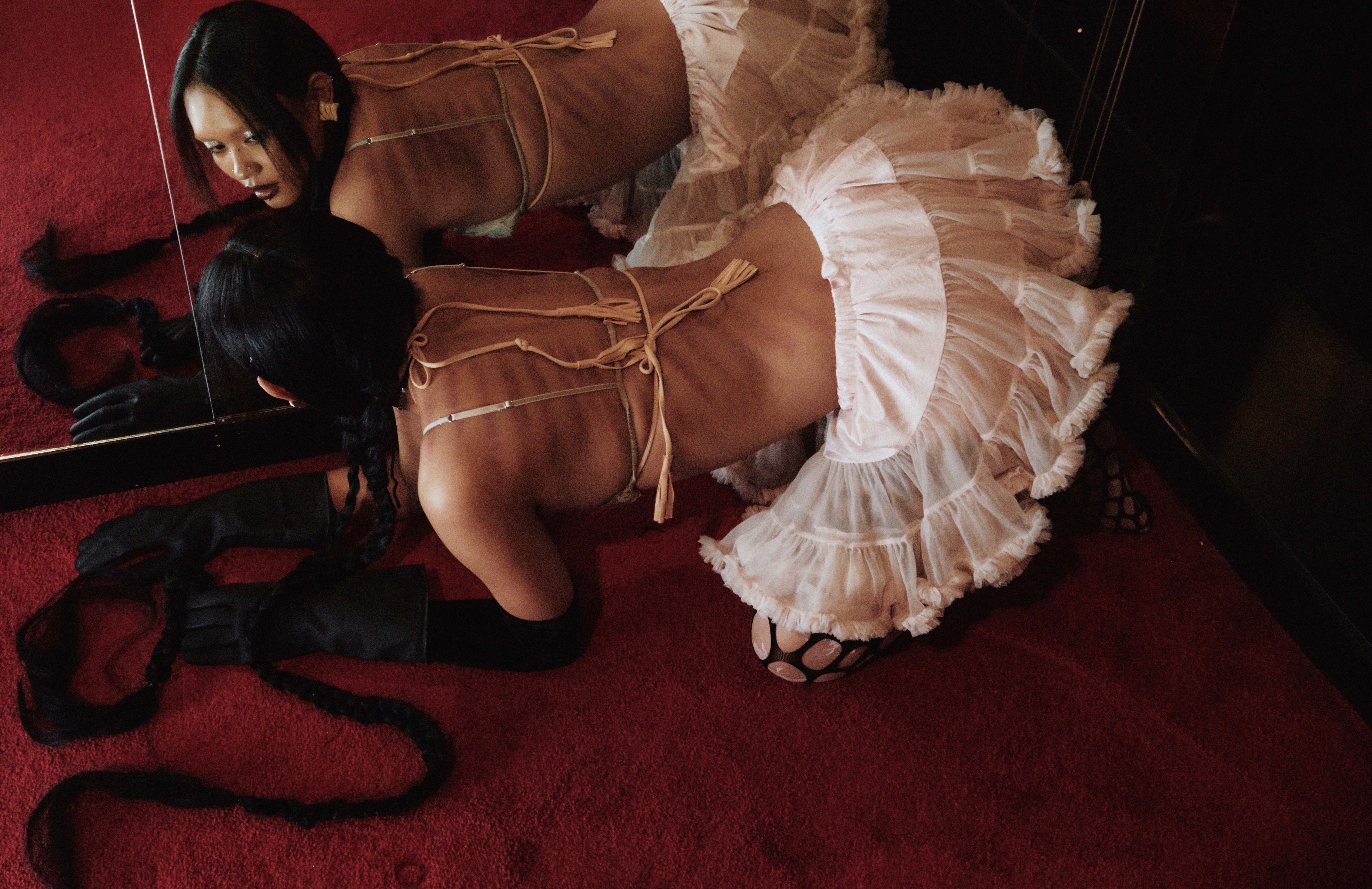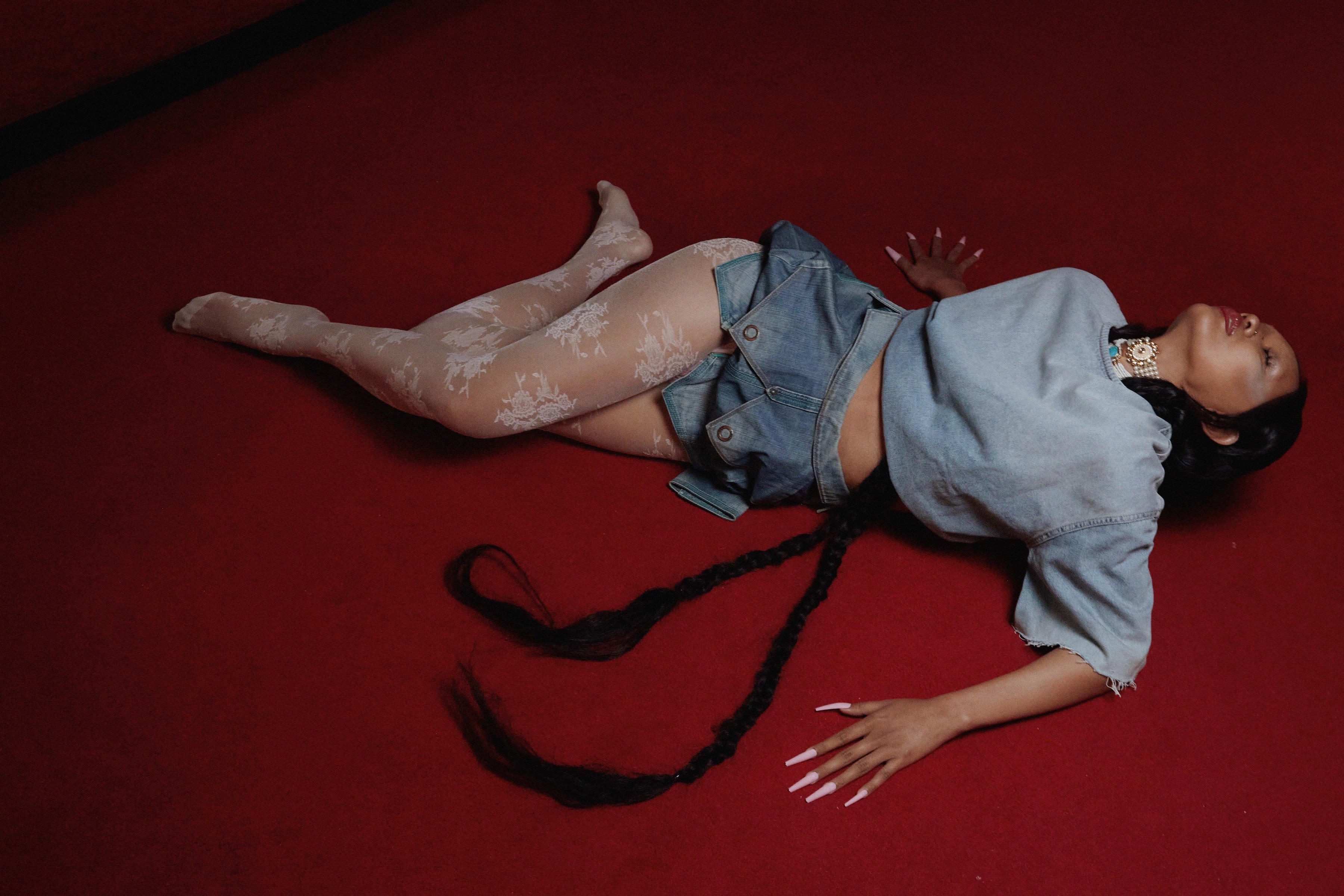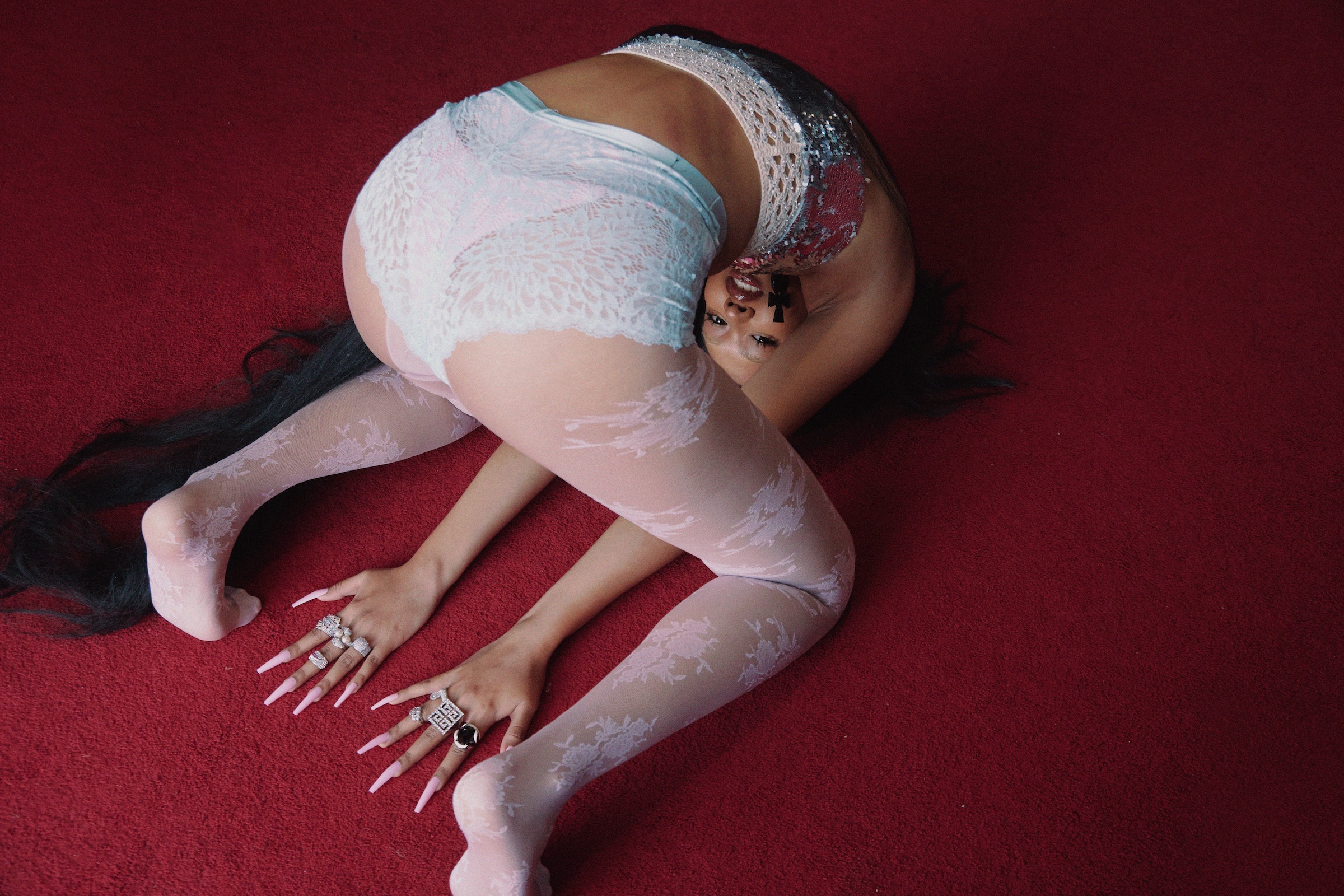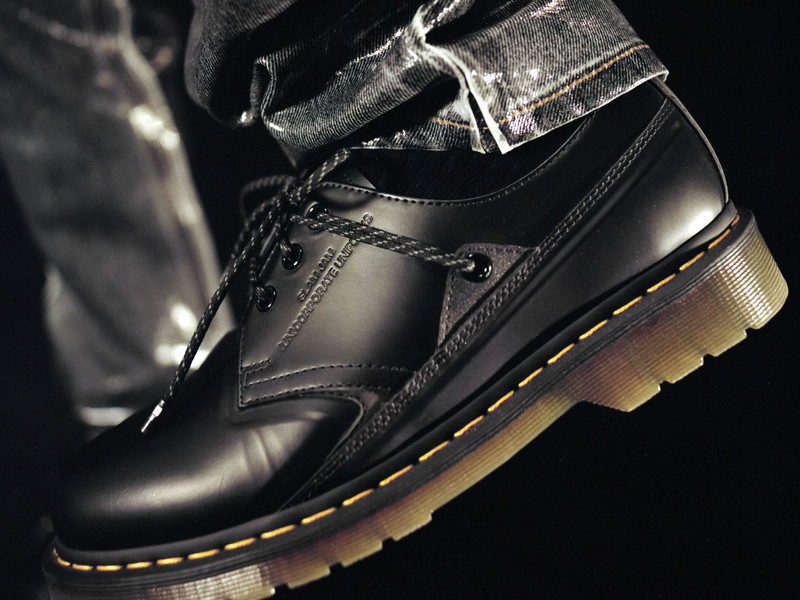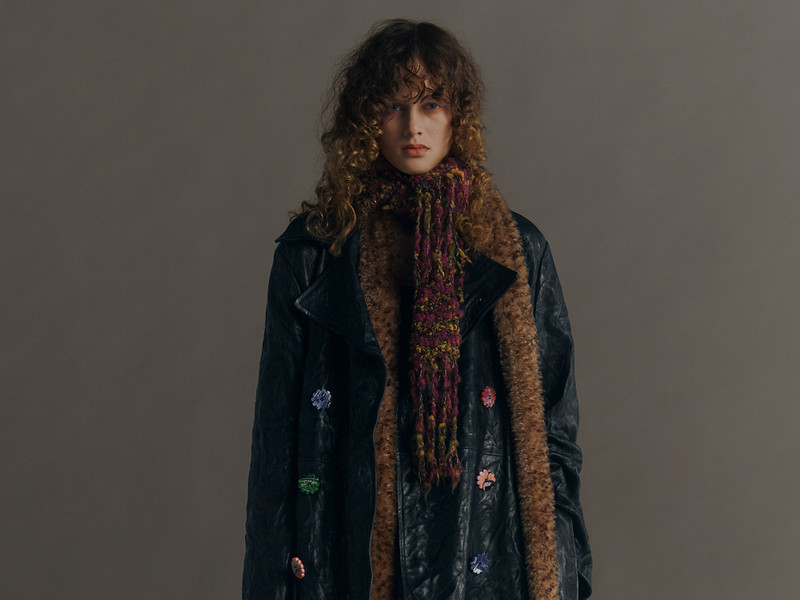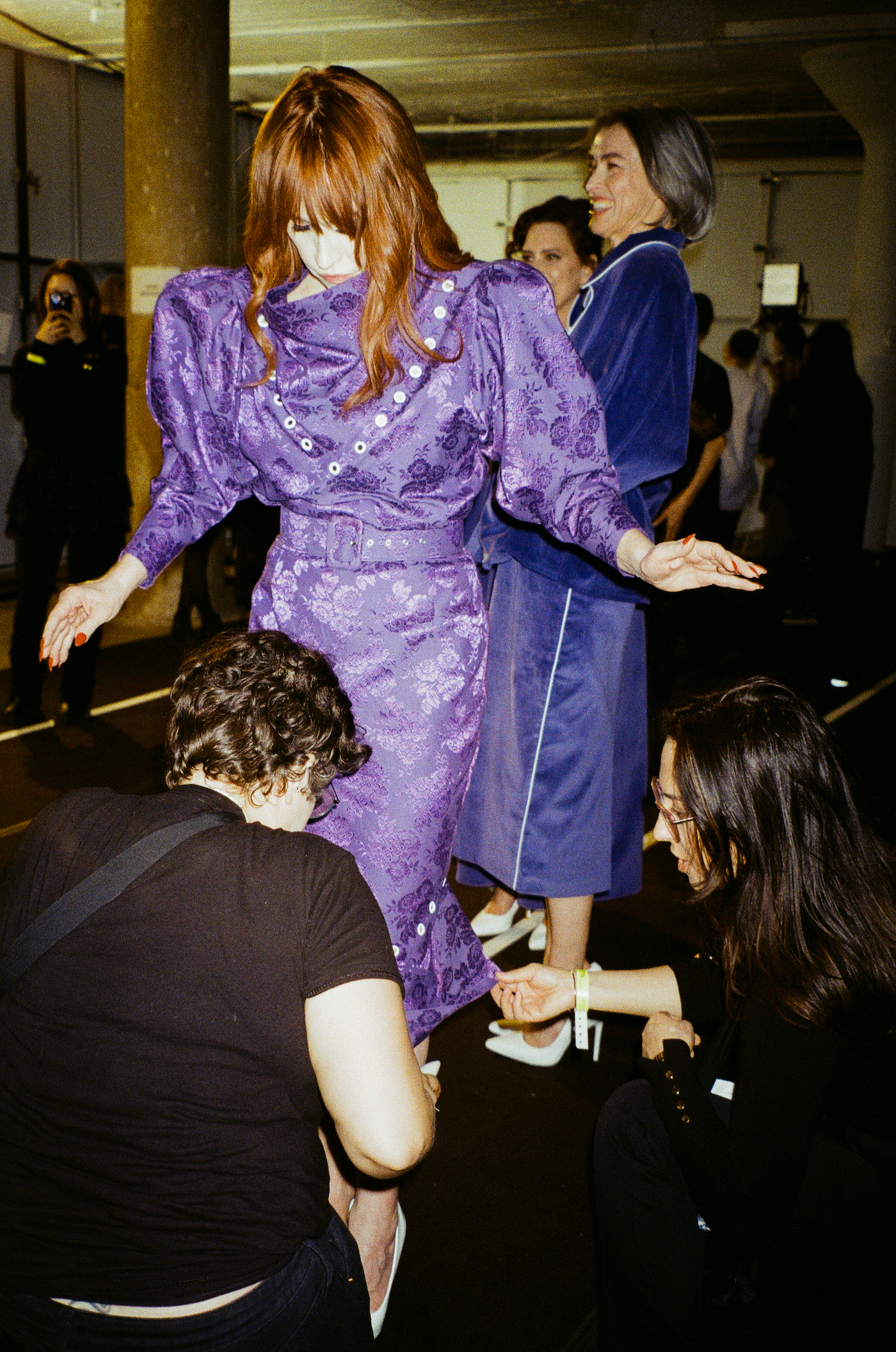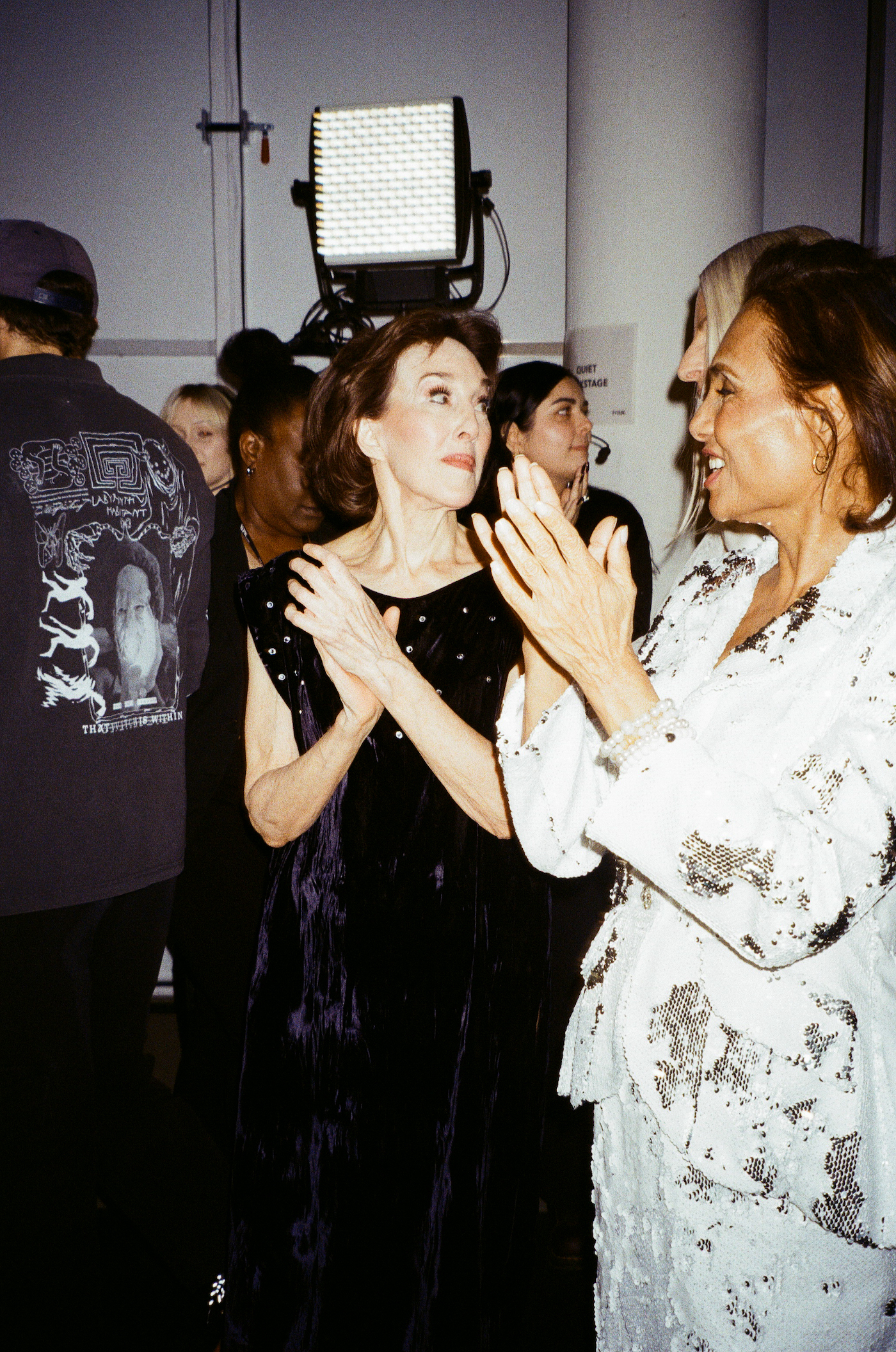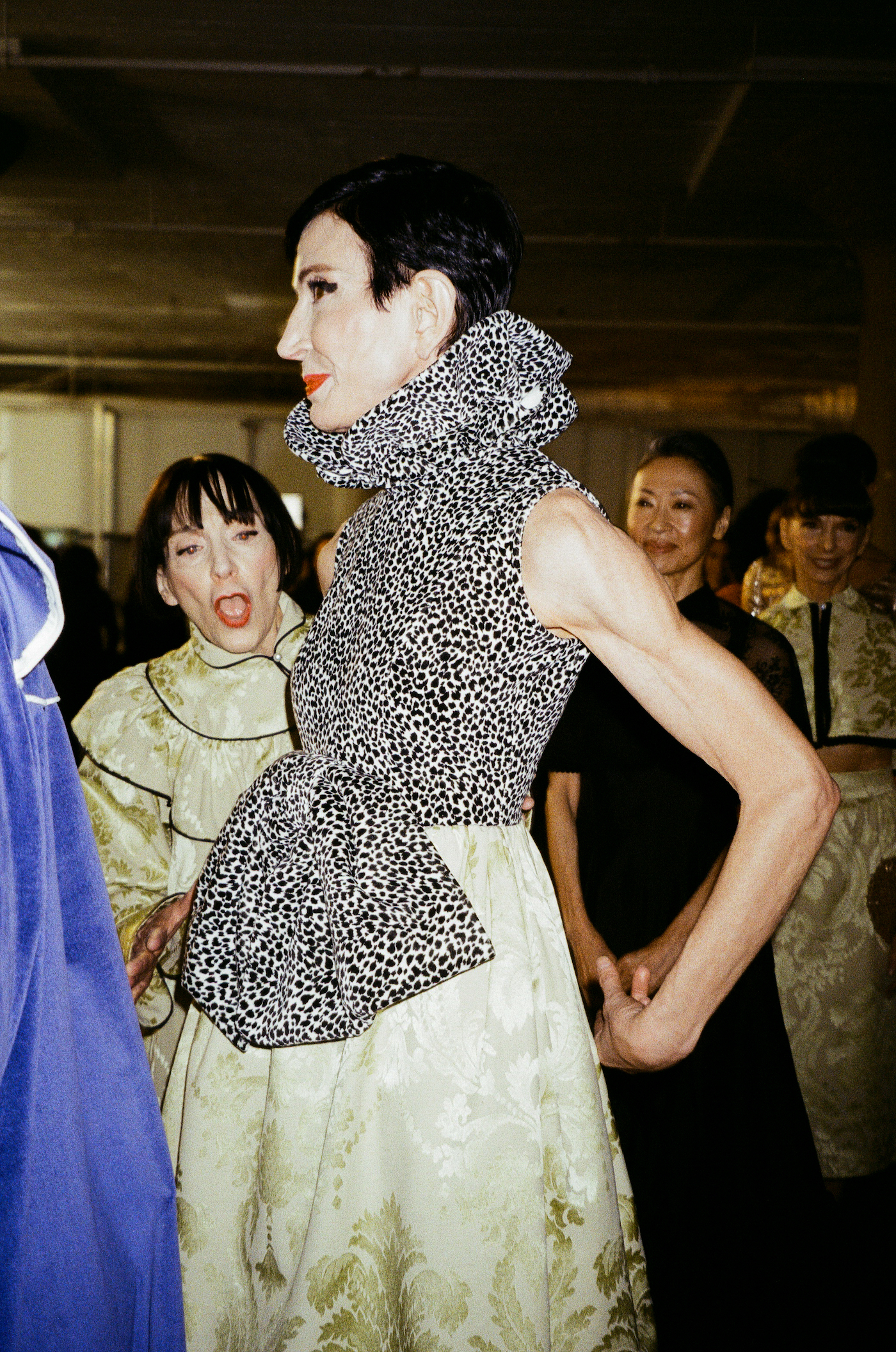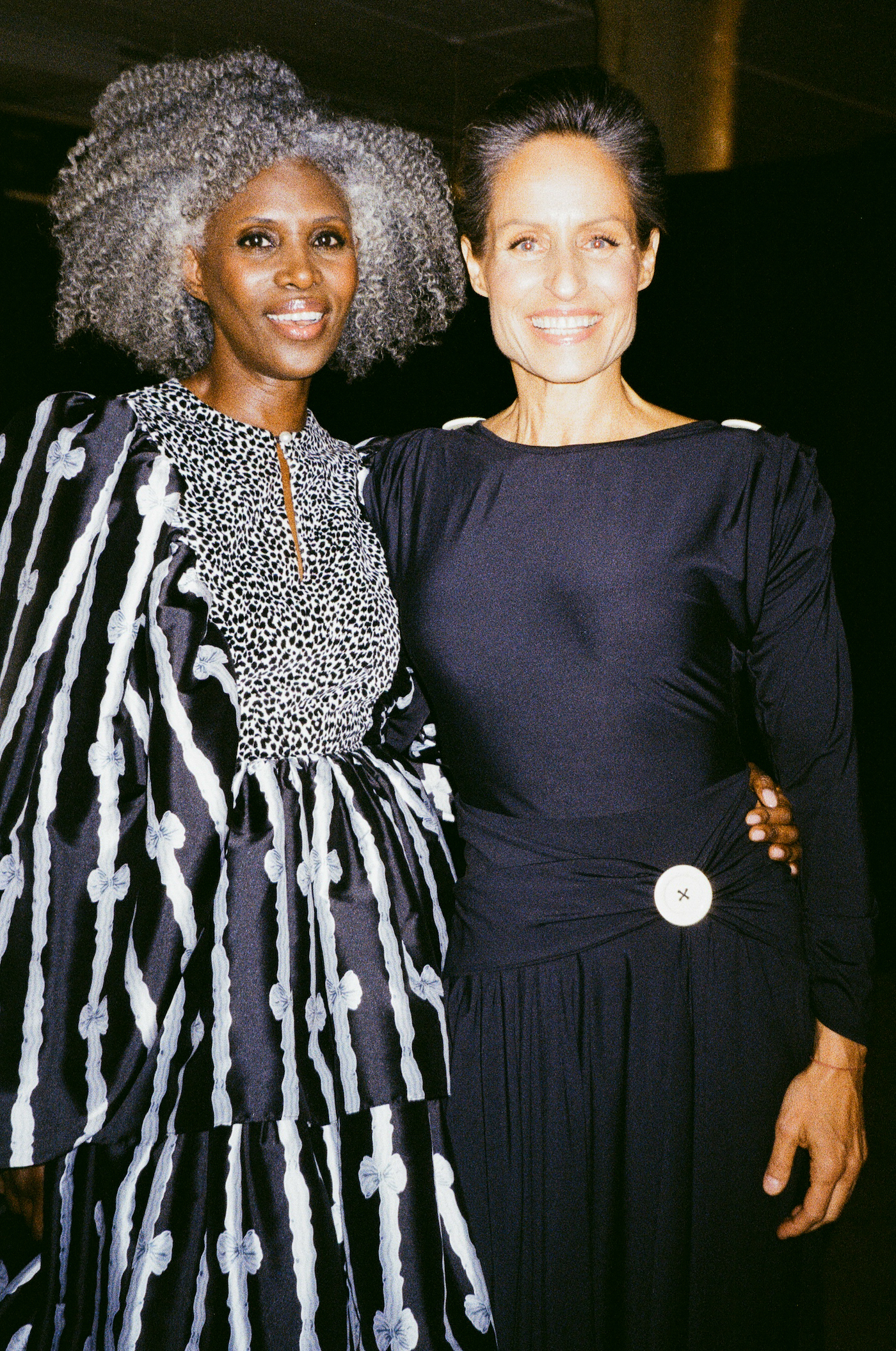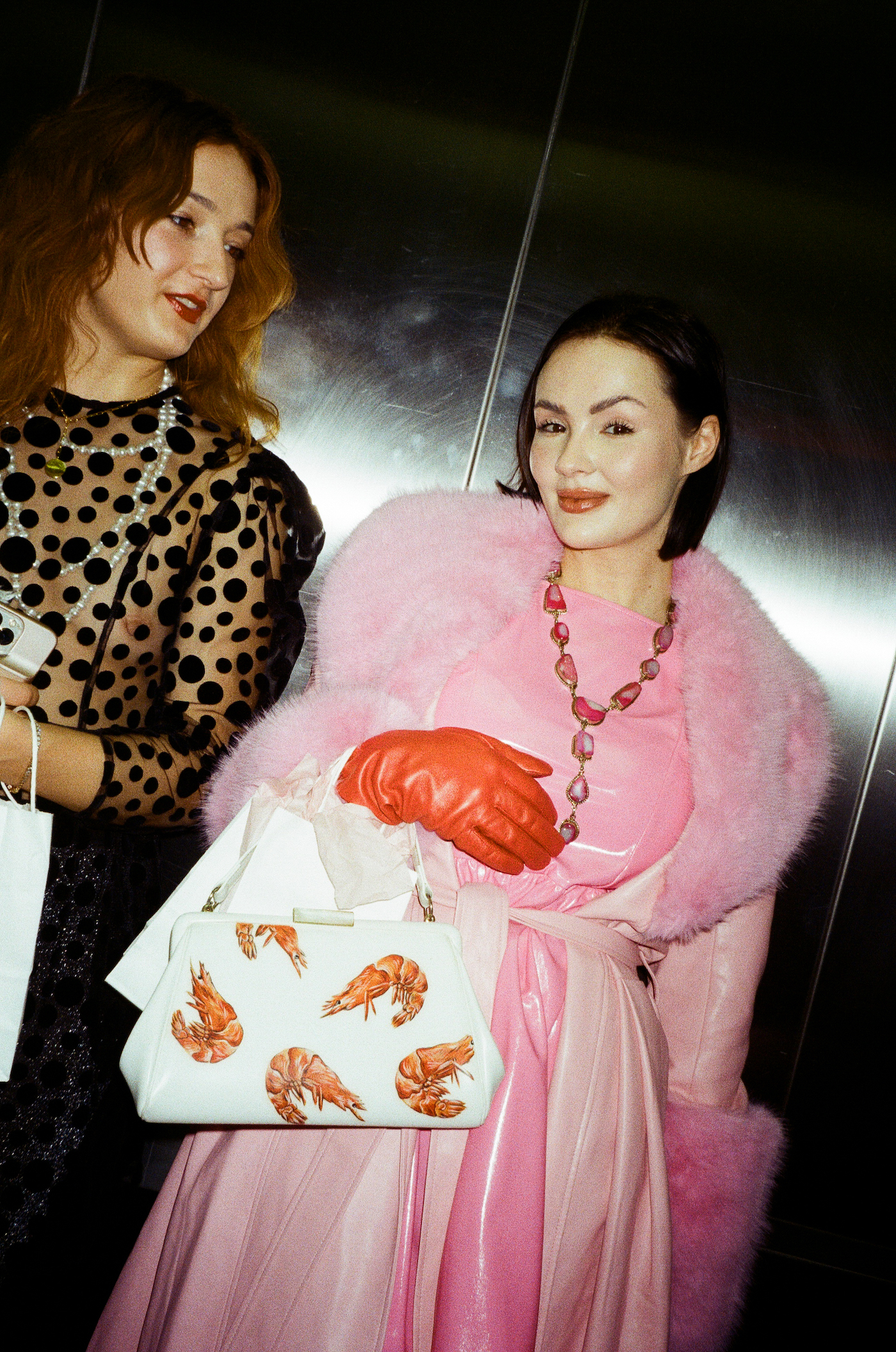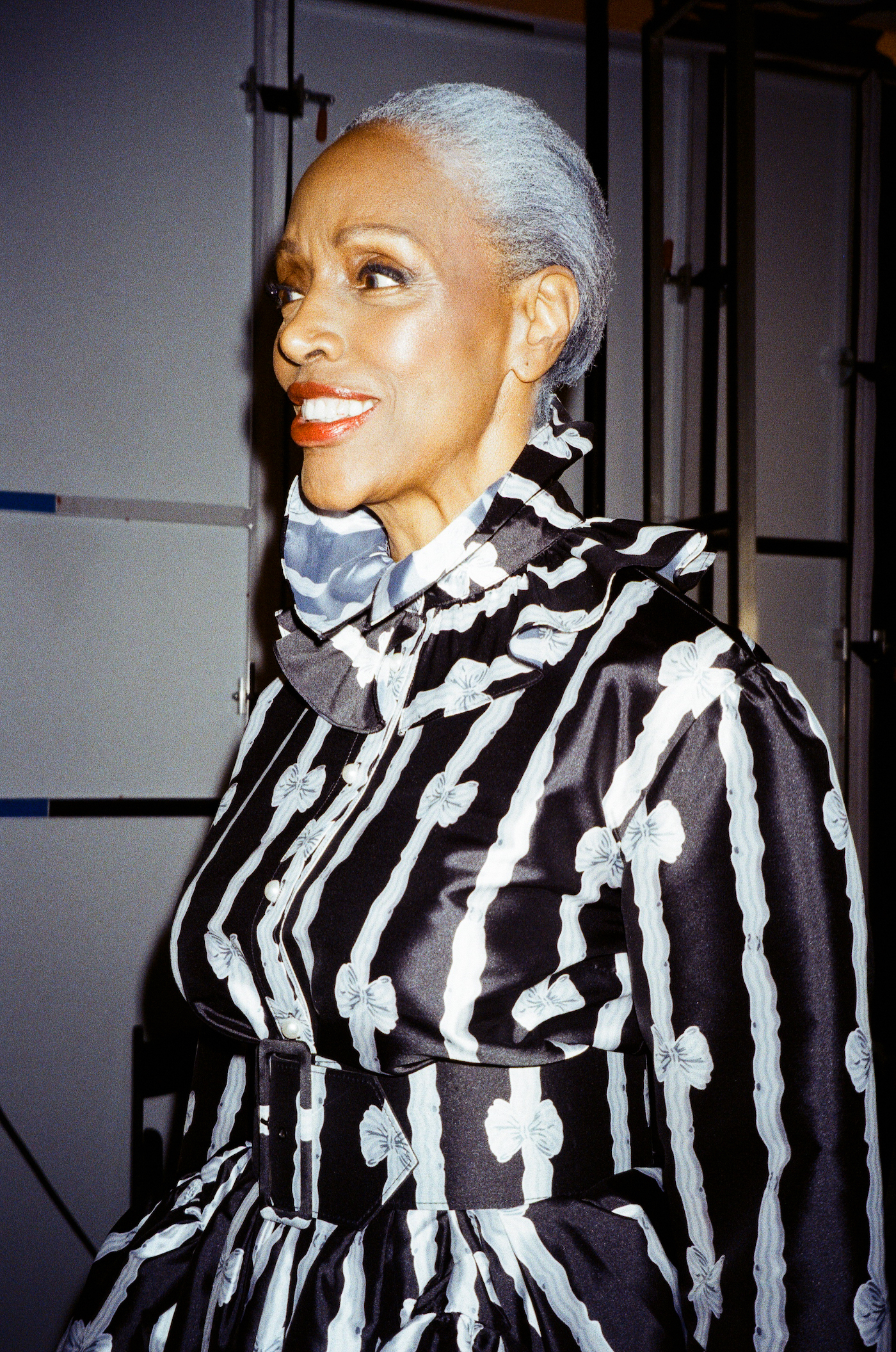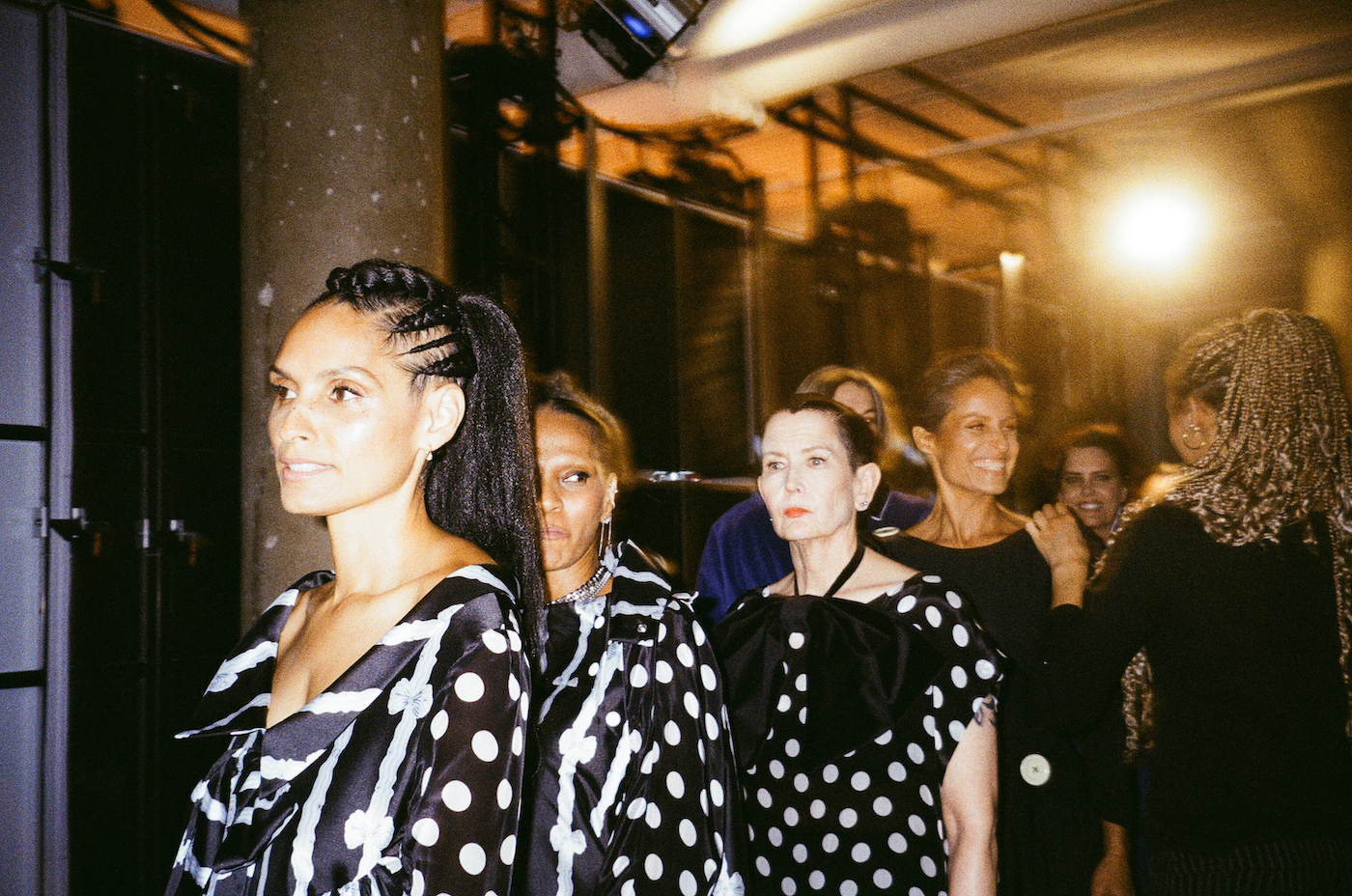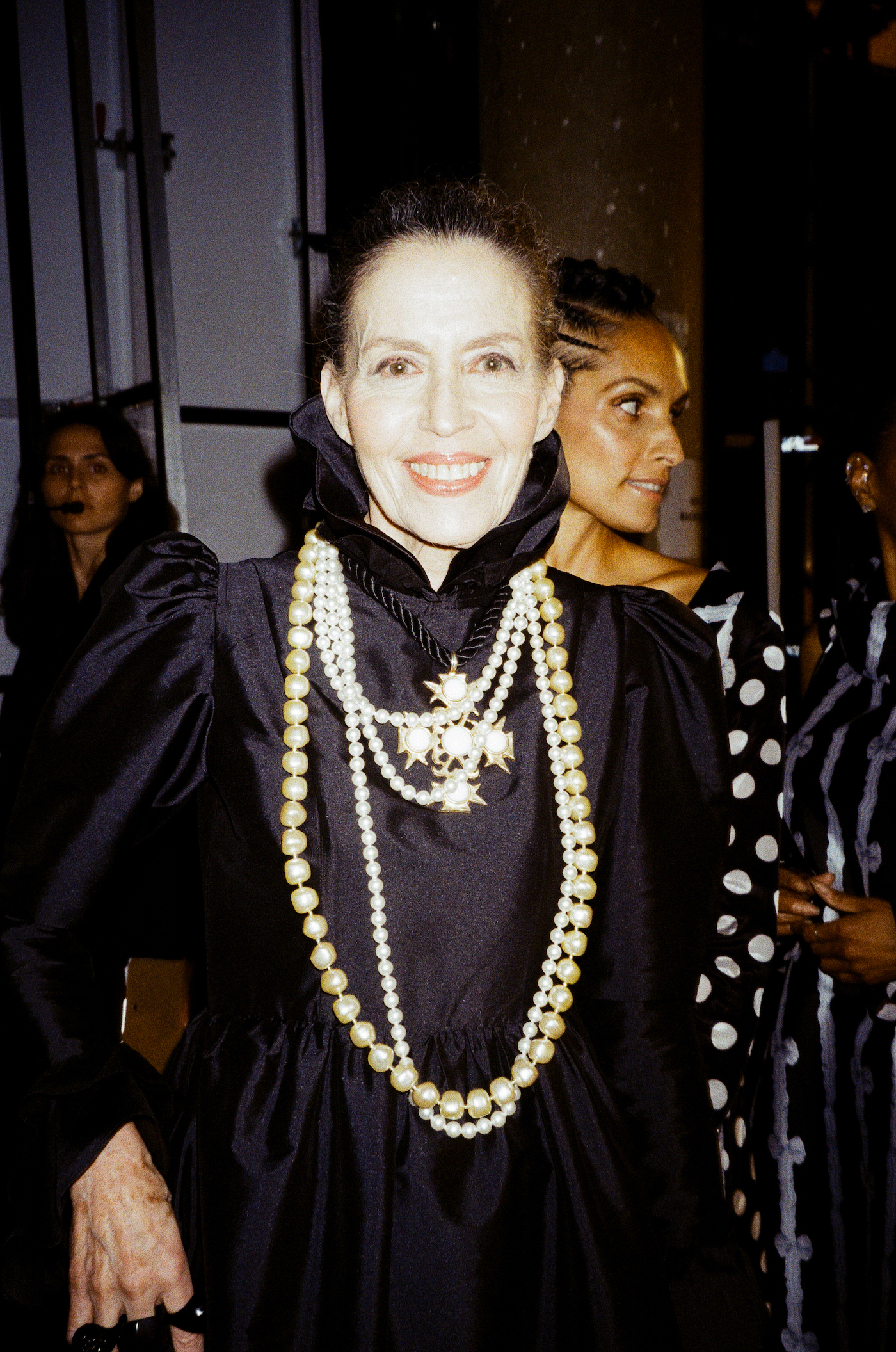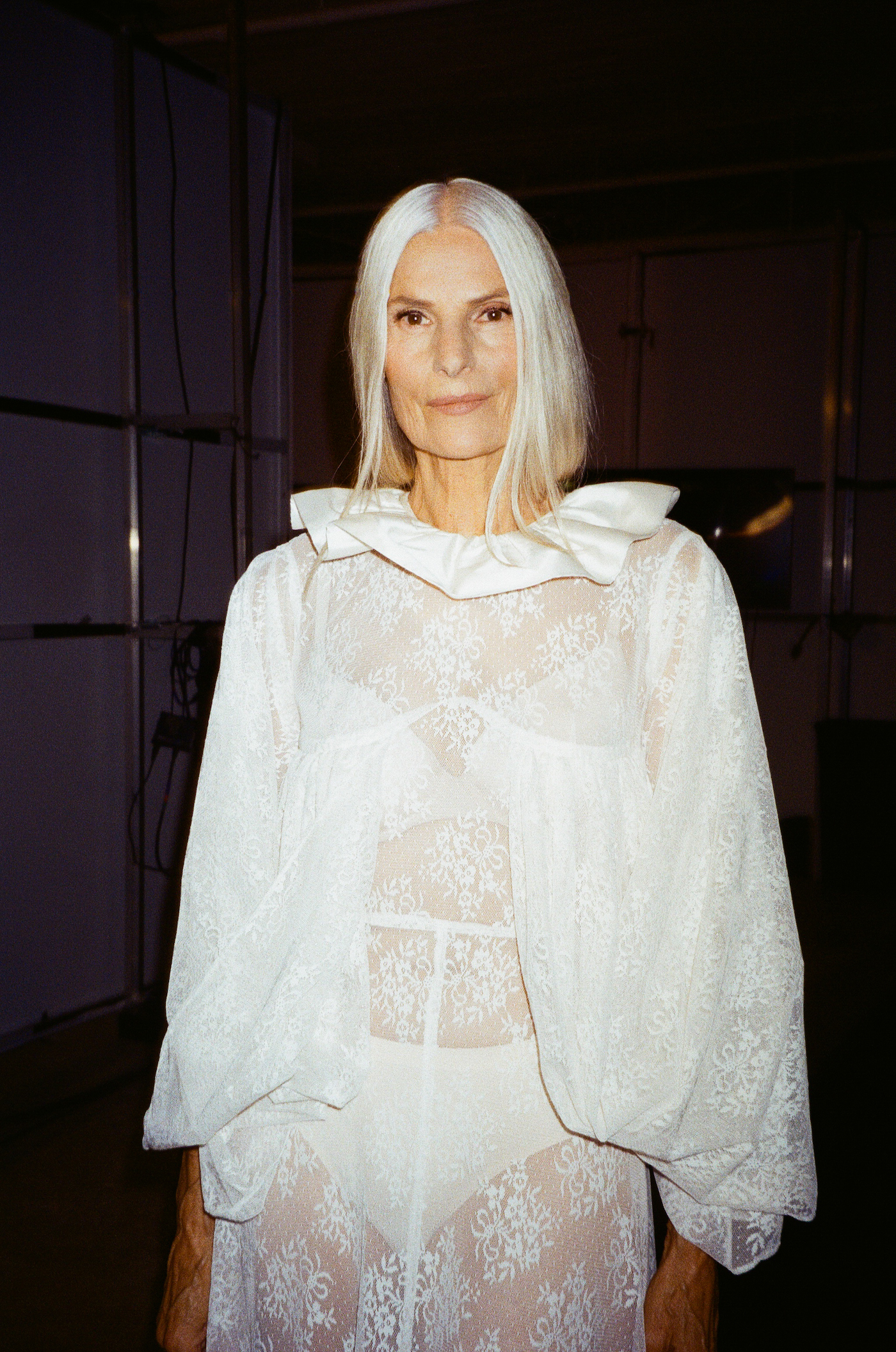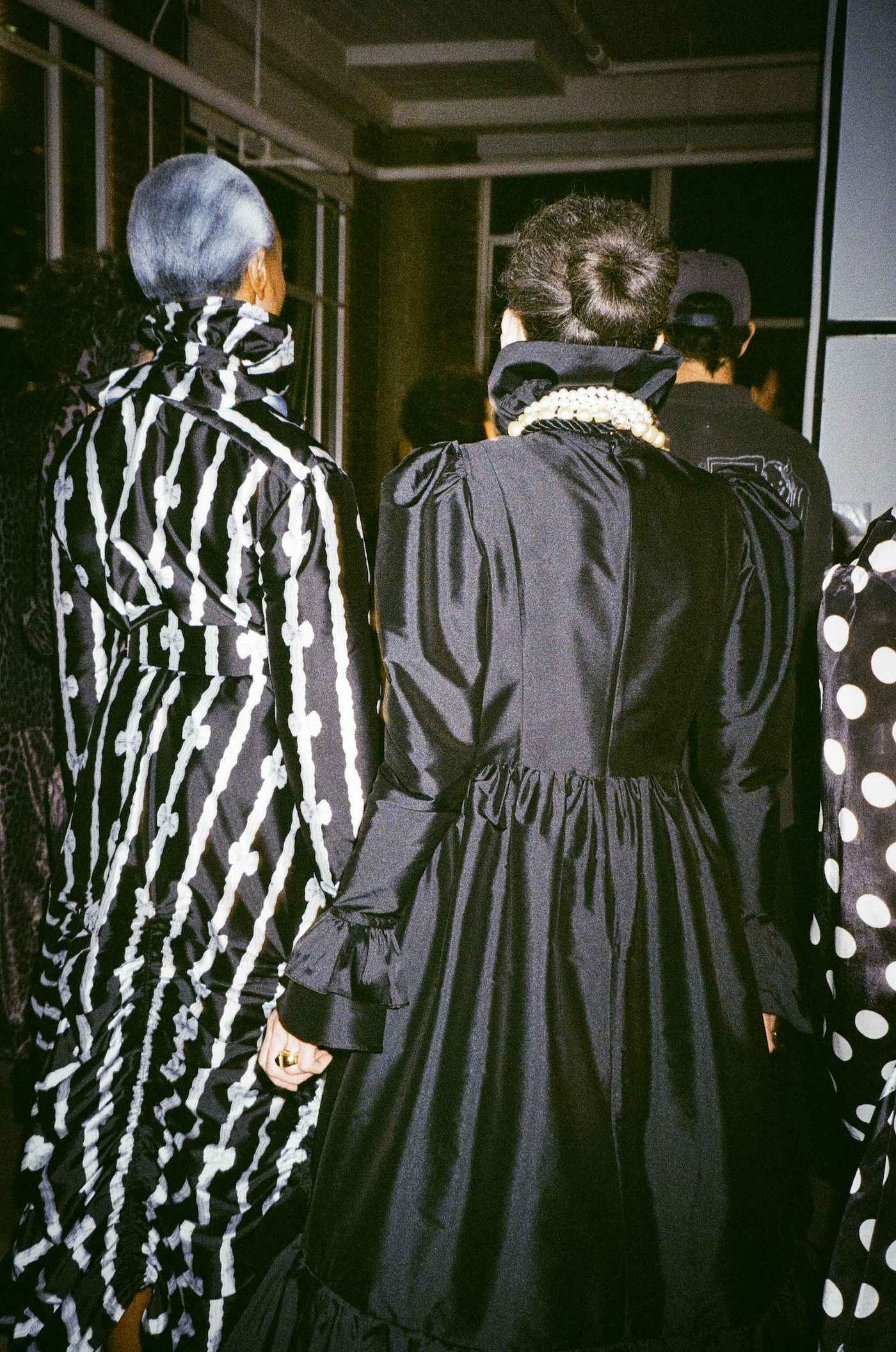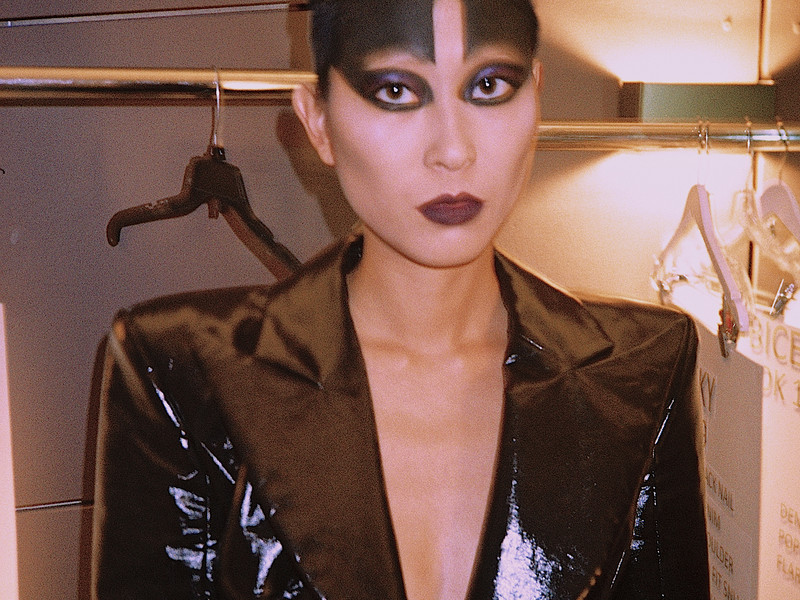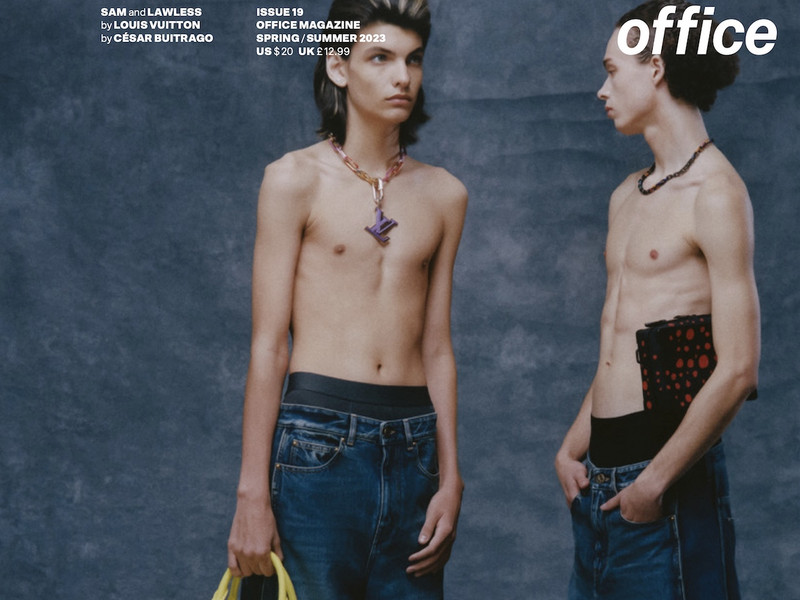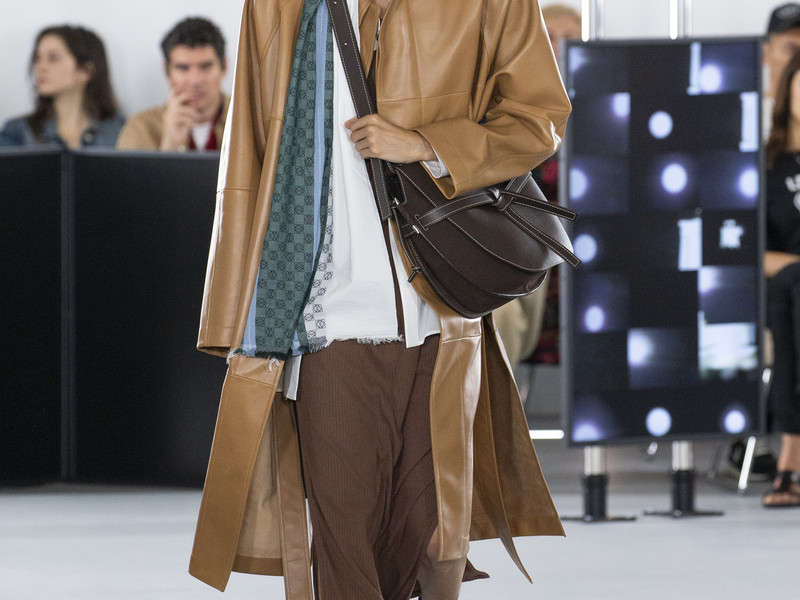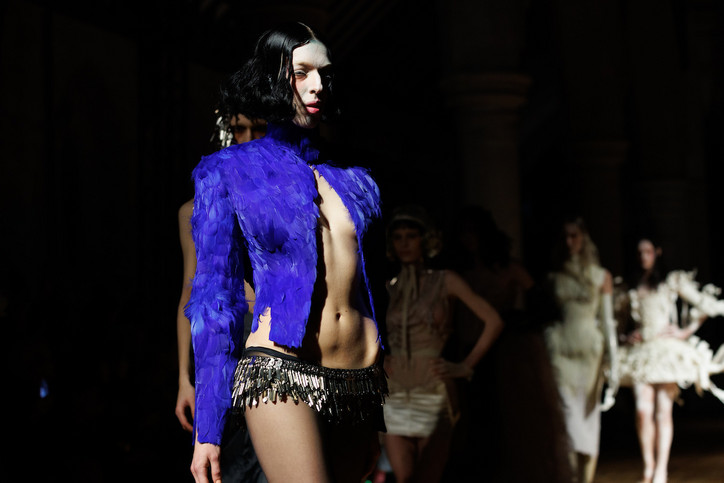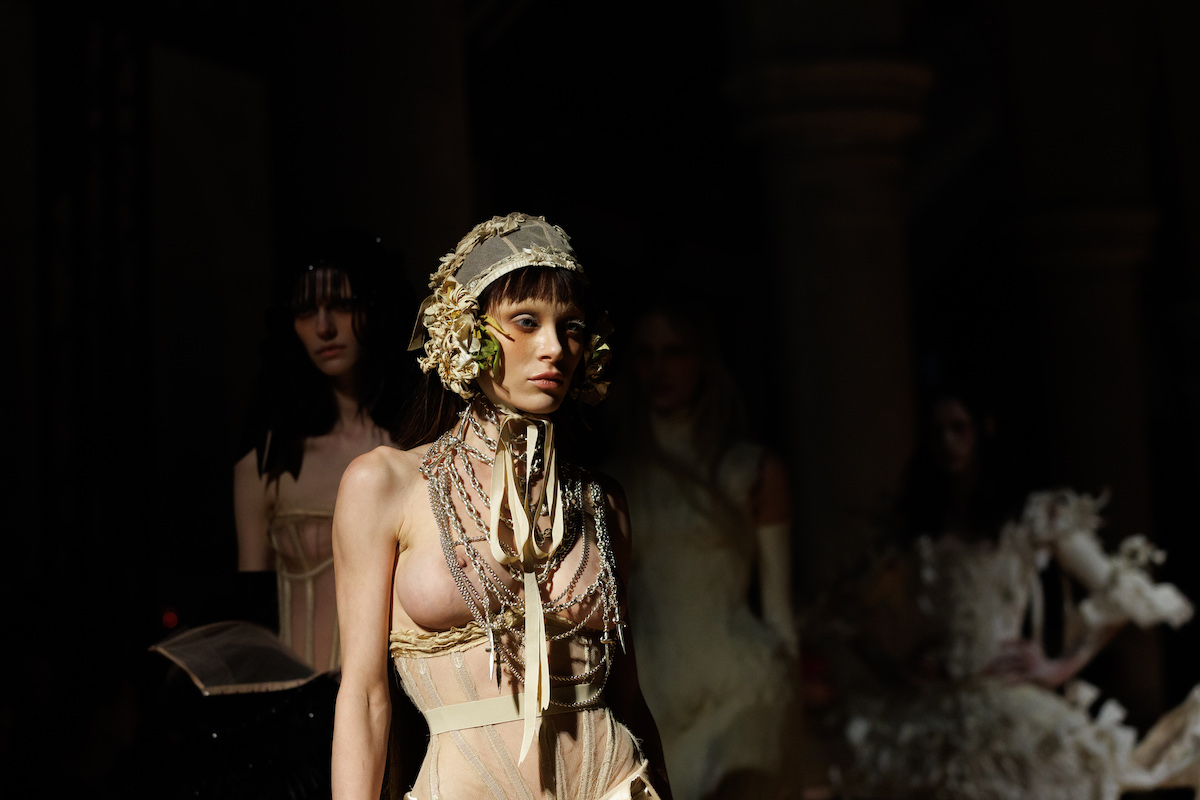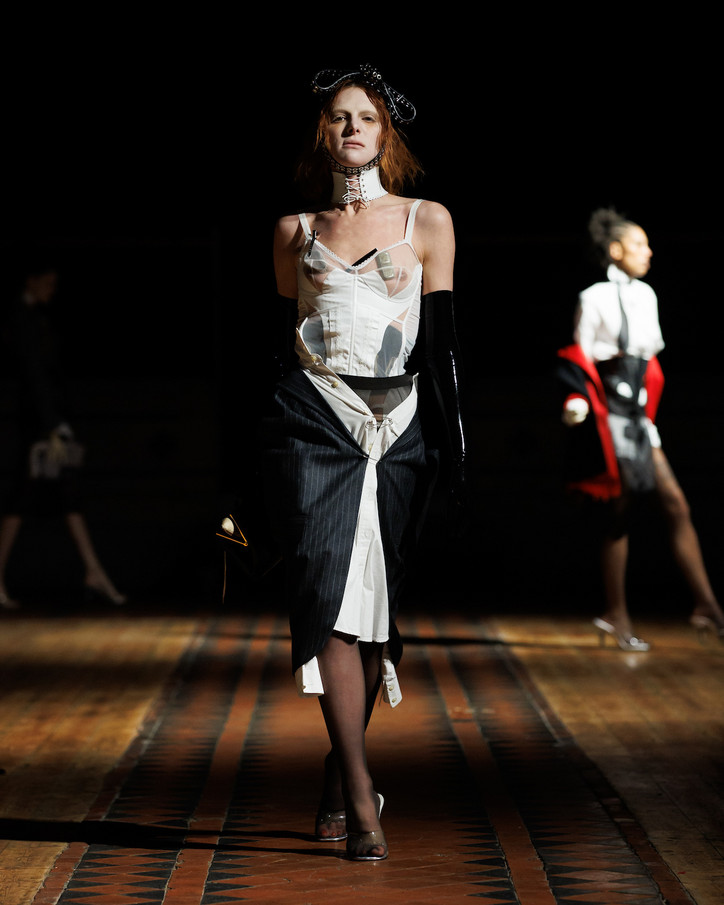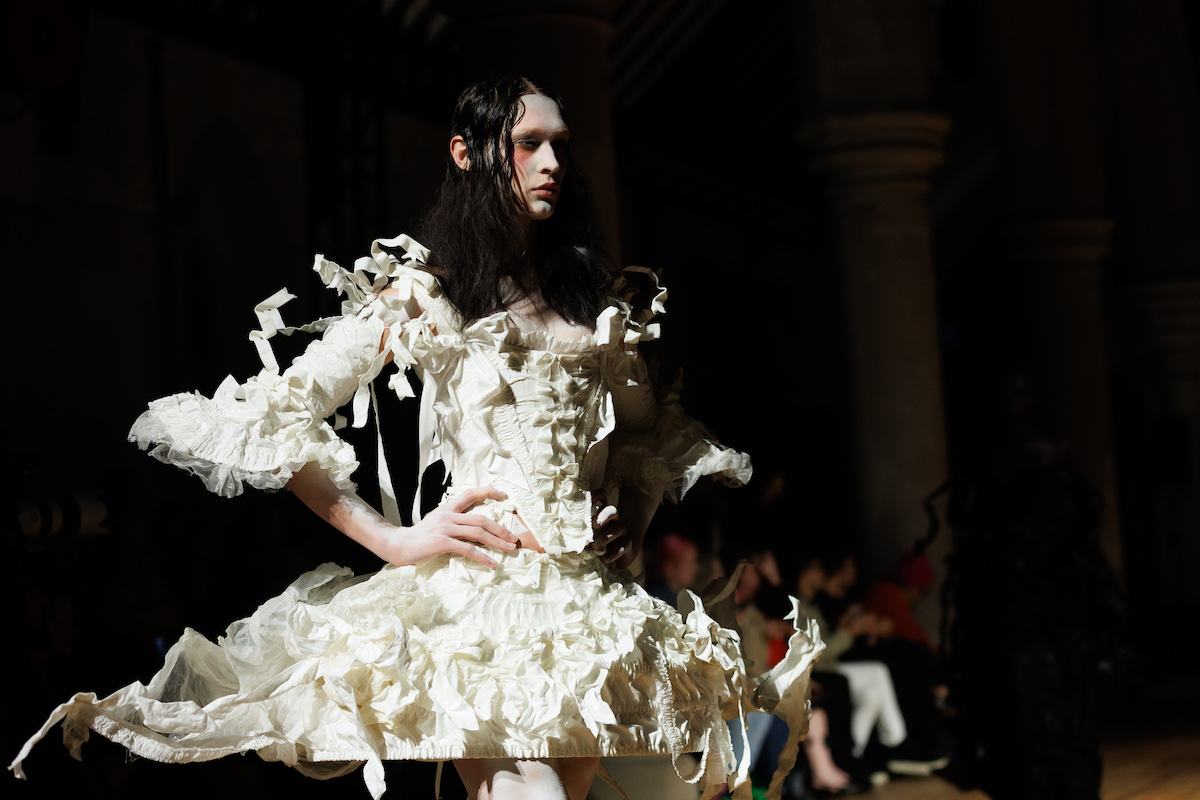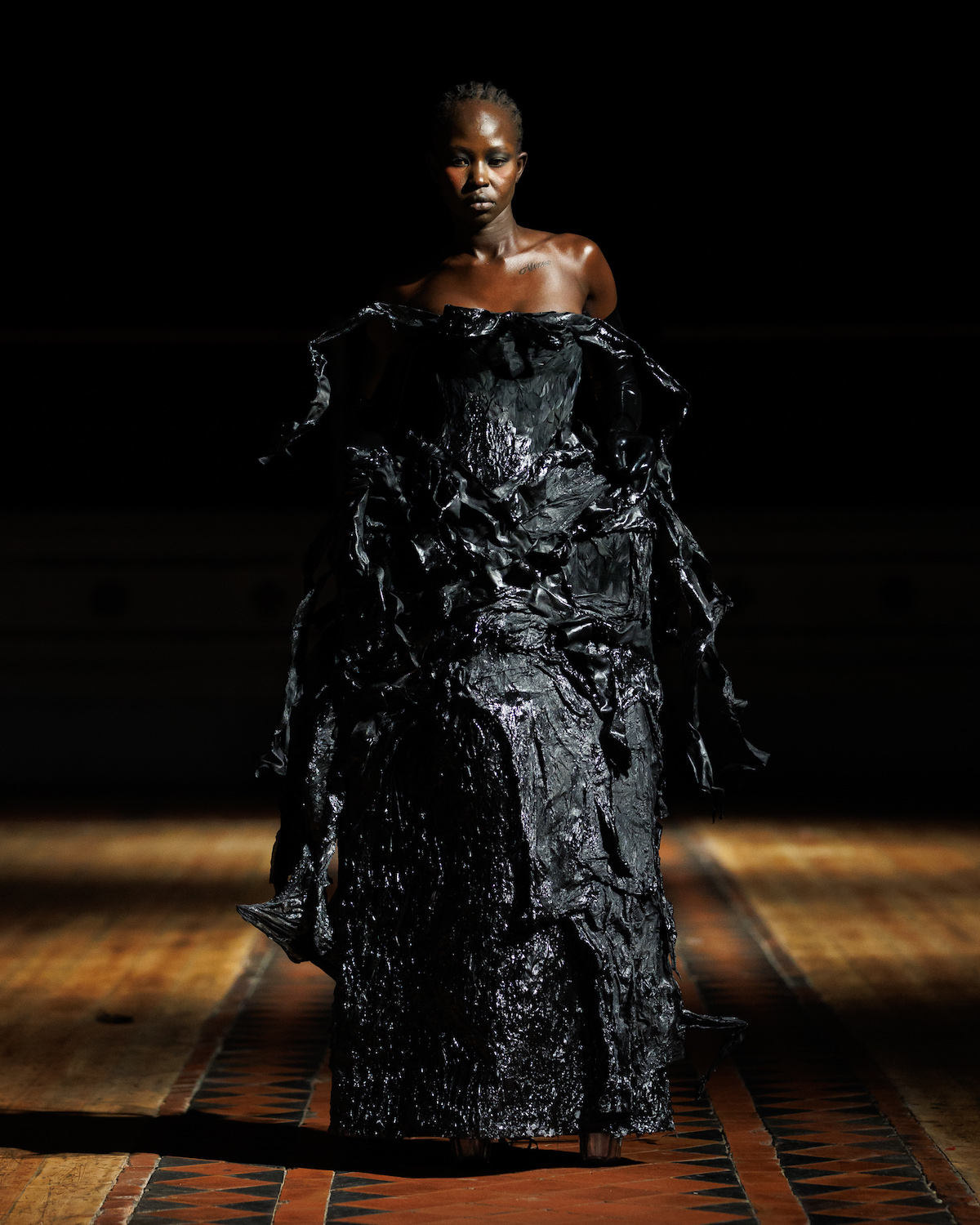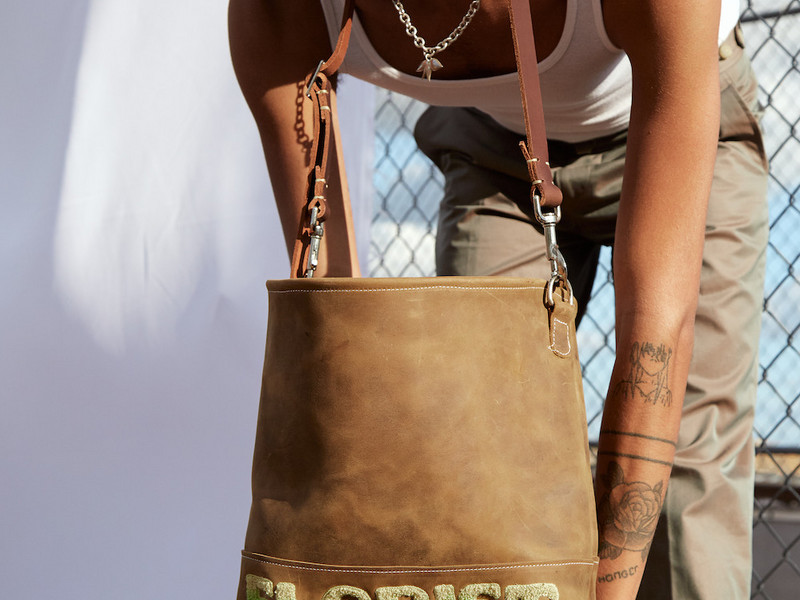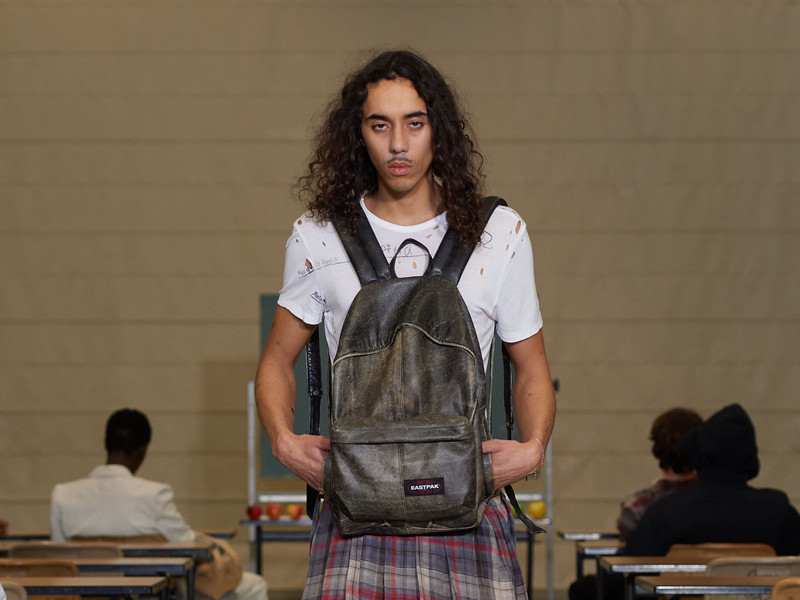What is it about youth that obsesses us as a culture? What is it that's keeping casting directors and retailers from casting older models? Some say it's a question of attractiveness; sex does sell, after all. But here's the thing — you don't have to want to sleep with someone to acknowledge they exist. And maybe that gets to the politics of desirability and the social capital carried by the state of being wanted. But then, if modeling is about attraction and desire, that opens the fashion industry up to much more insidious critiques. Even with the gradual disappearance of literal children from the runway, what remains (aside from the legal questions surrounding child labor) are the ethical dilemmas, asking what it means to have a child as the face of a supposedly sexy brand. There are entire dissertations to be written about fashion’s obsession with assigning adult sexuality to an ostensibly young body. Nora Turriago writes it best in her 2016 HuffPost piece, explaining, “There is something distinctly unsettling about watching a pubescent girl stalk down the runway, styled to look beyond her years and wearing expensive clothing intended for children.”
With bows, colors, and volume, the post-COVID “dopamine dressing” of the past few seasons has been about healing our inner children. But perhaps there’s a way to do that without completely disregarding the inherent beauty of aging. What is more beautiful than a life well-lived? Working in the fashion industry, I’ve seen some of the most beautiful models get chewed up and spit out by legacy agencies the minute they stop looking like how they did in middle school. My mom always told me the world doesn’t end after high school. She was right. And fashion doesn’t end when you turn forty, or at least, it shouldn’t.
